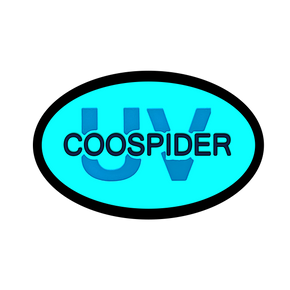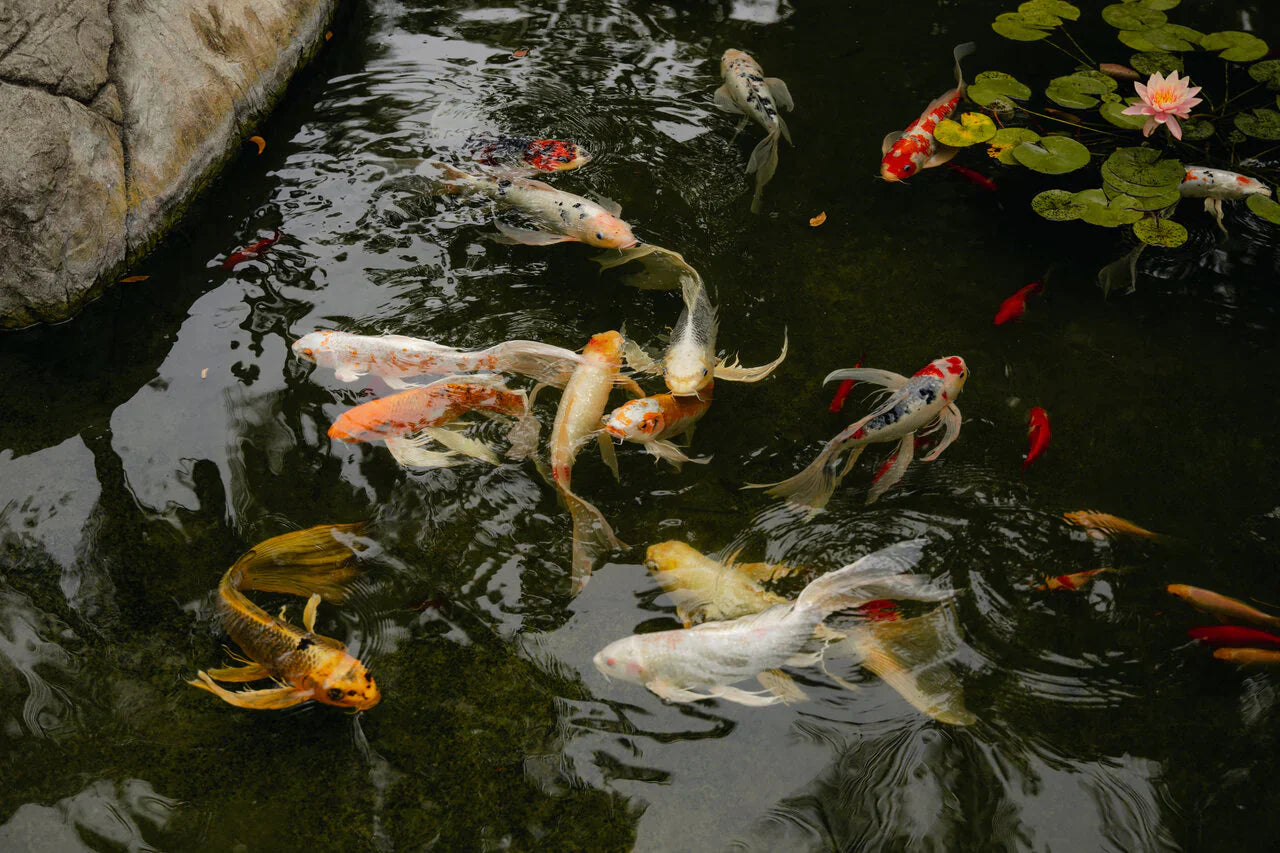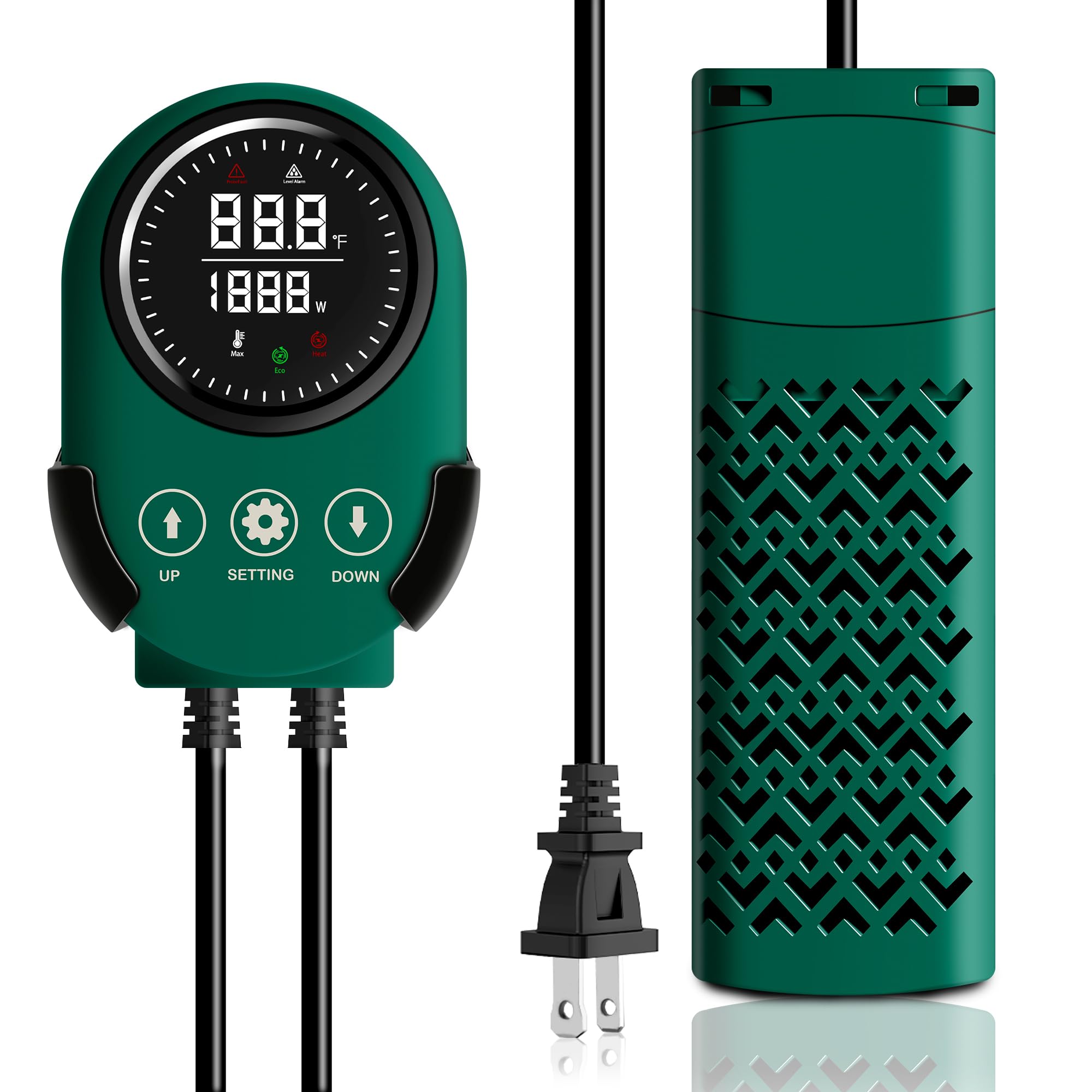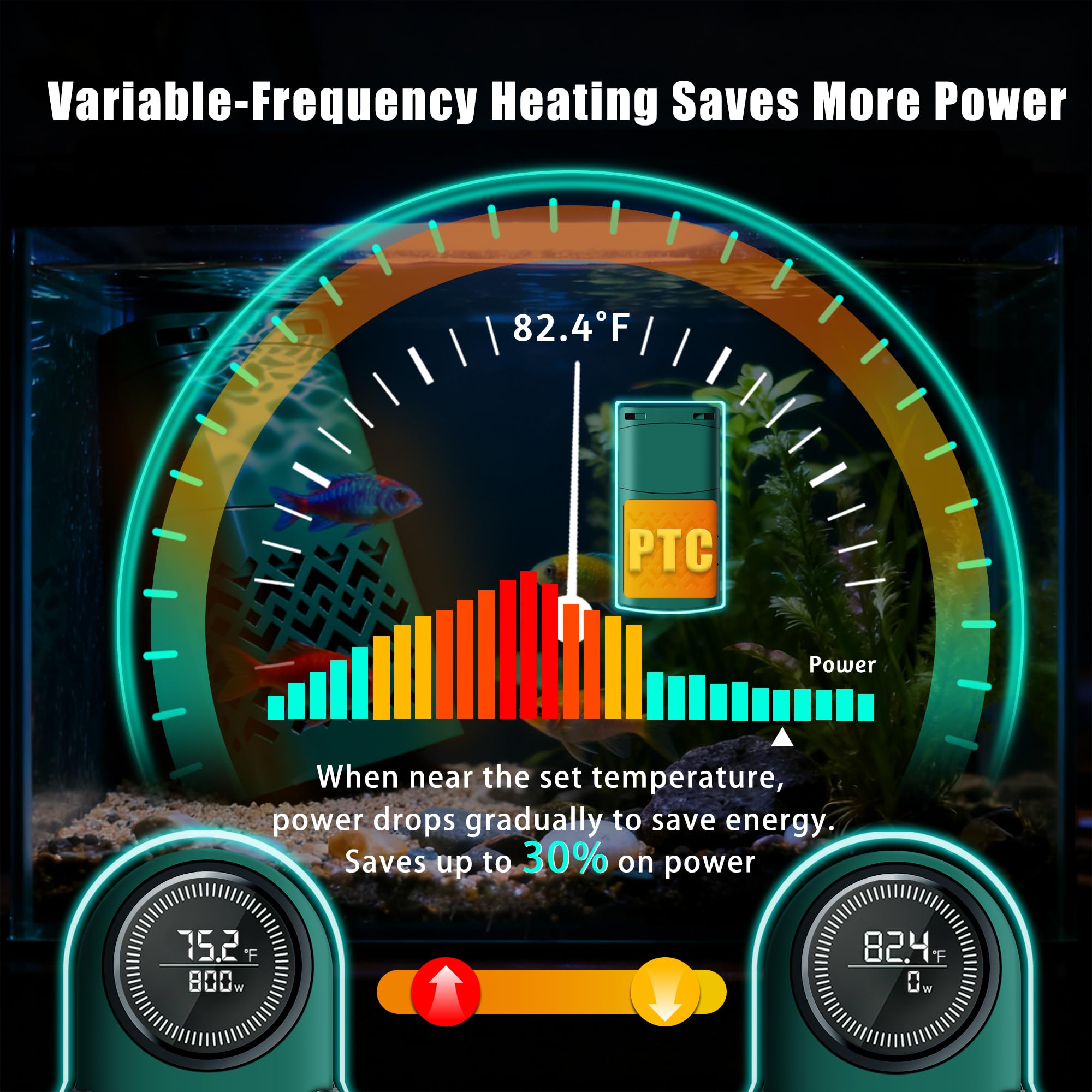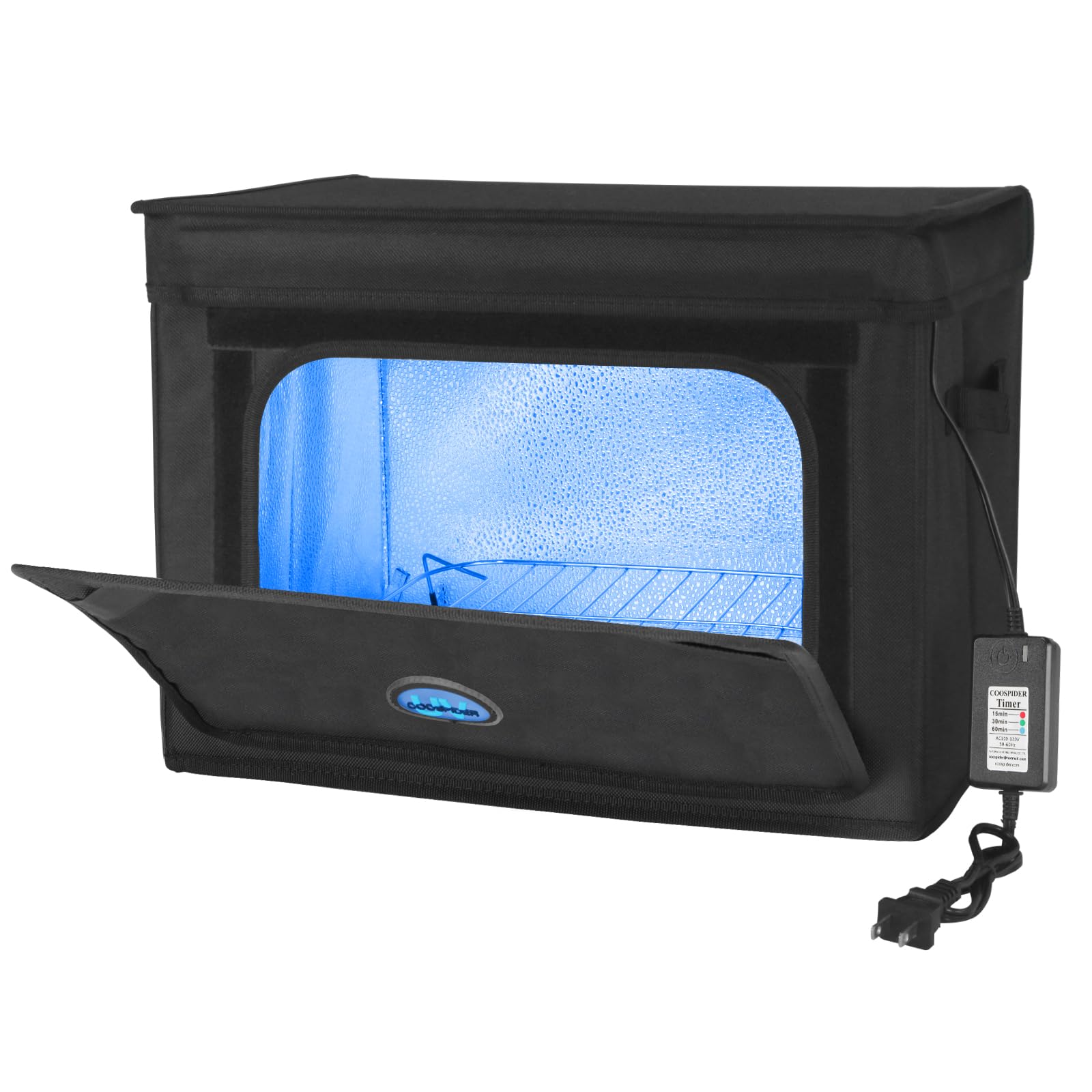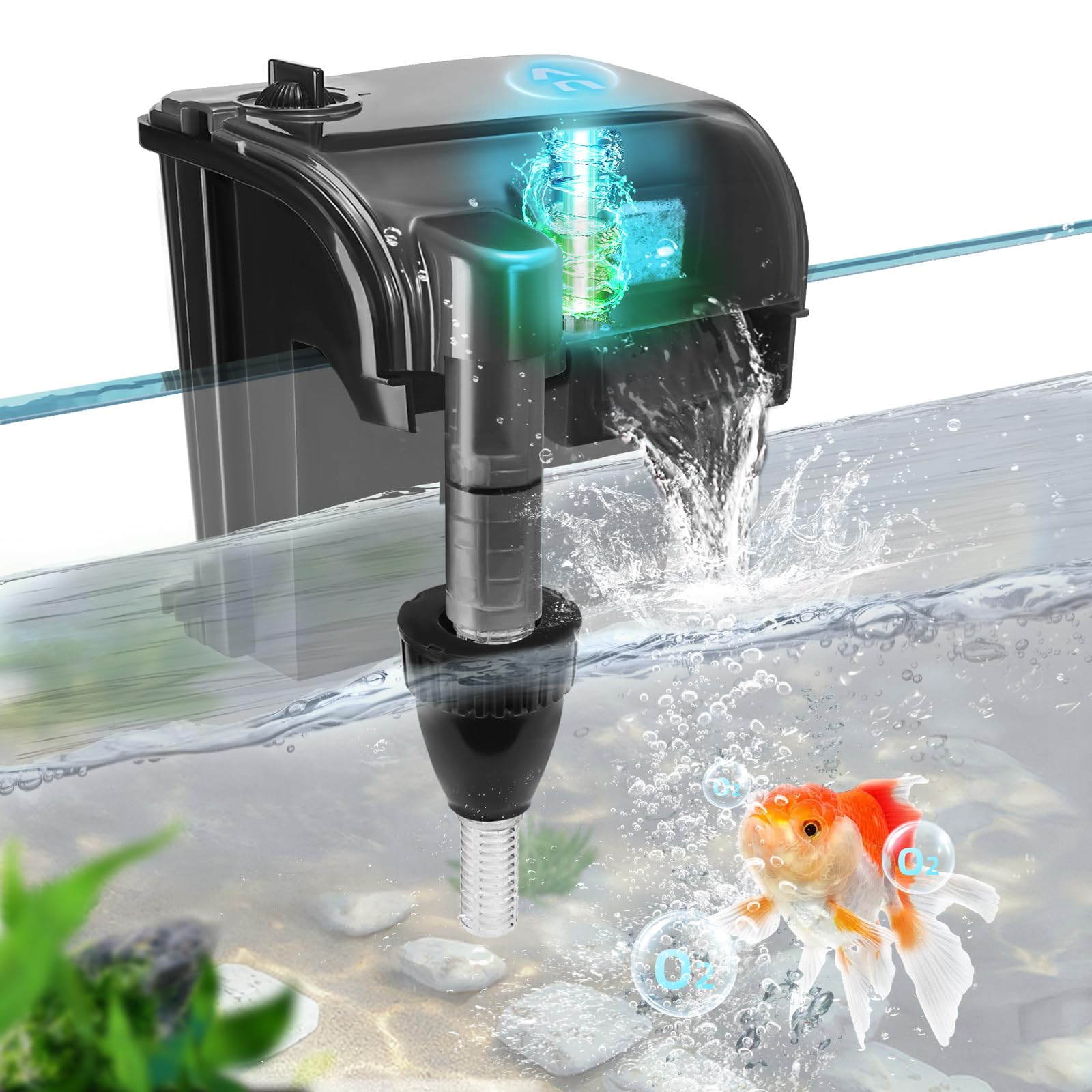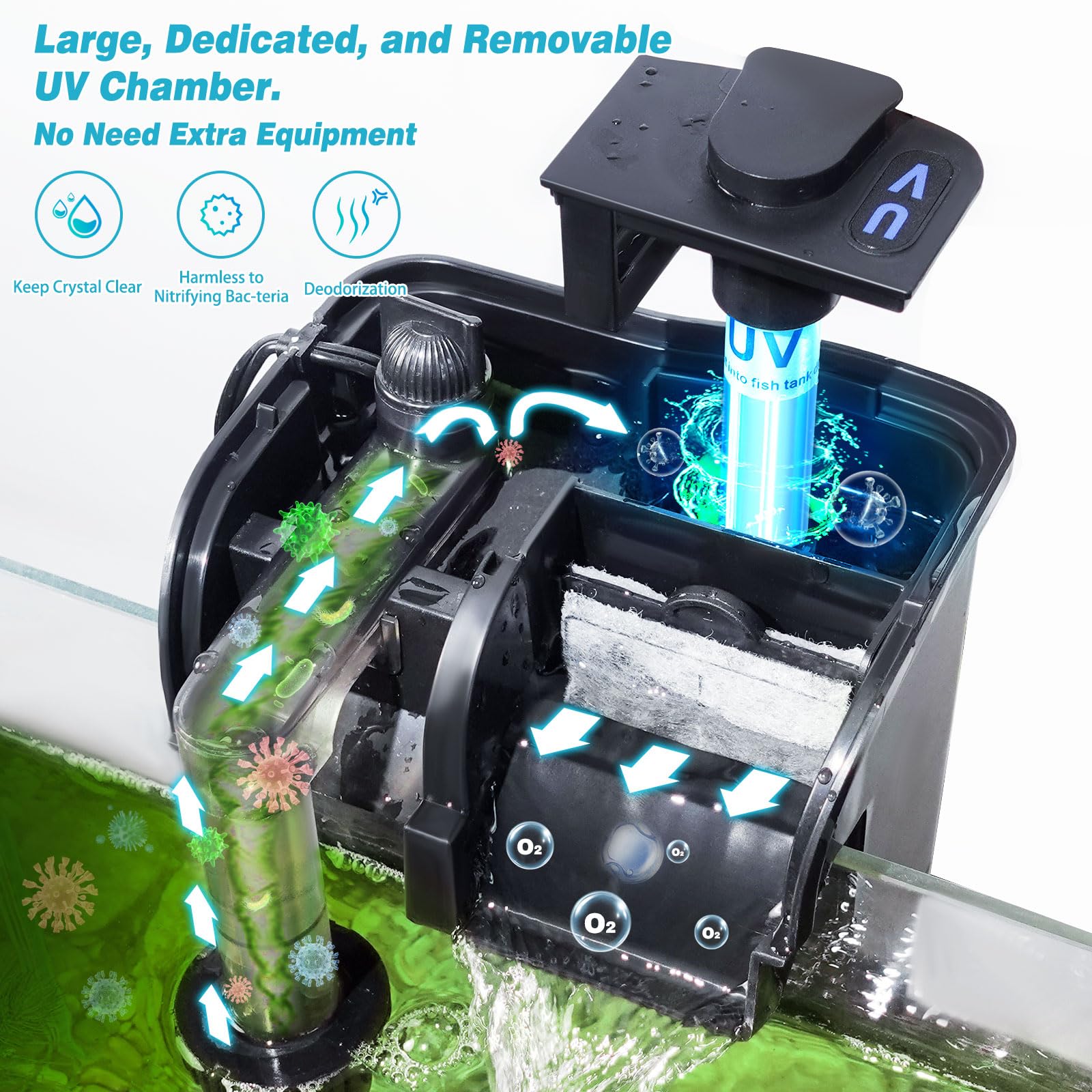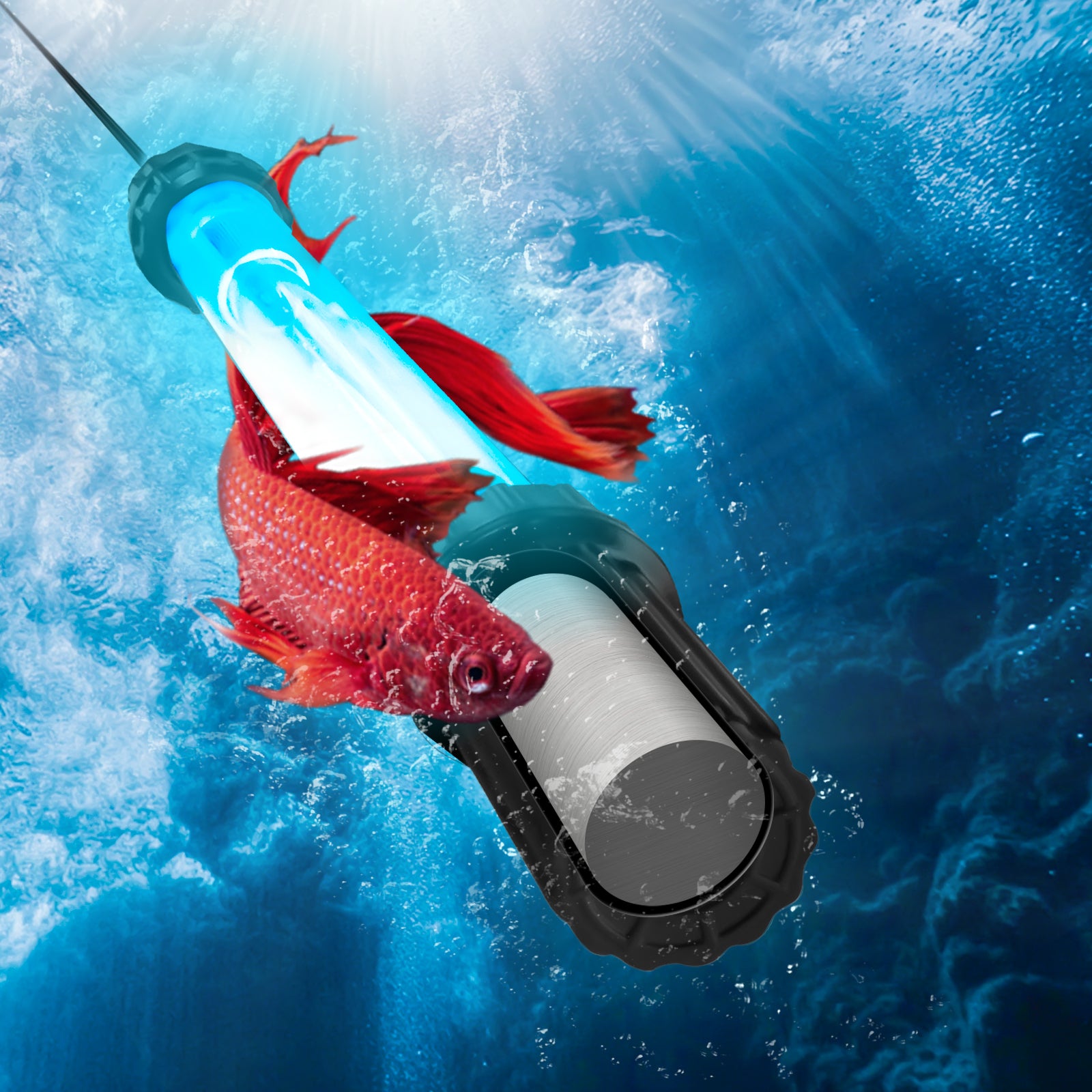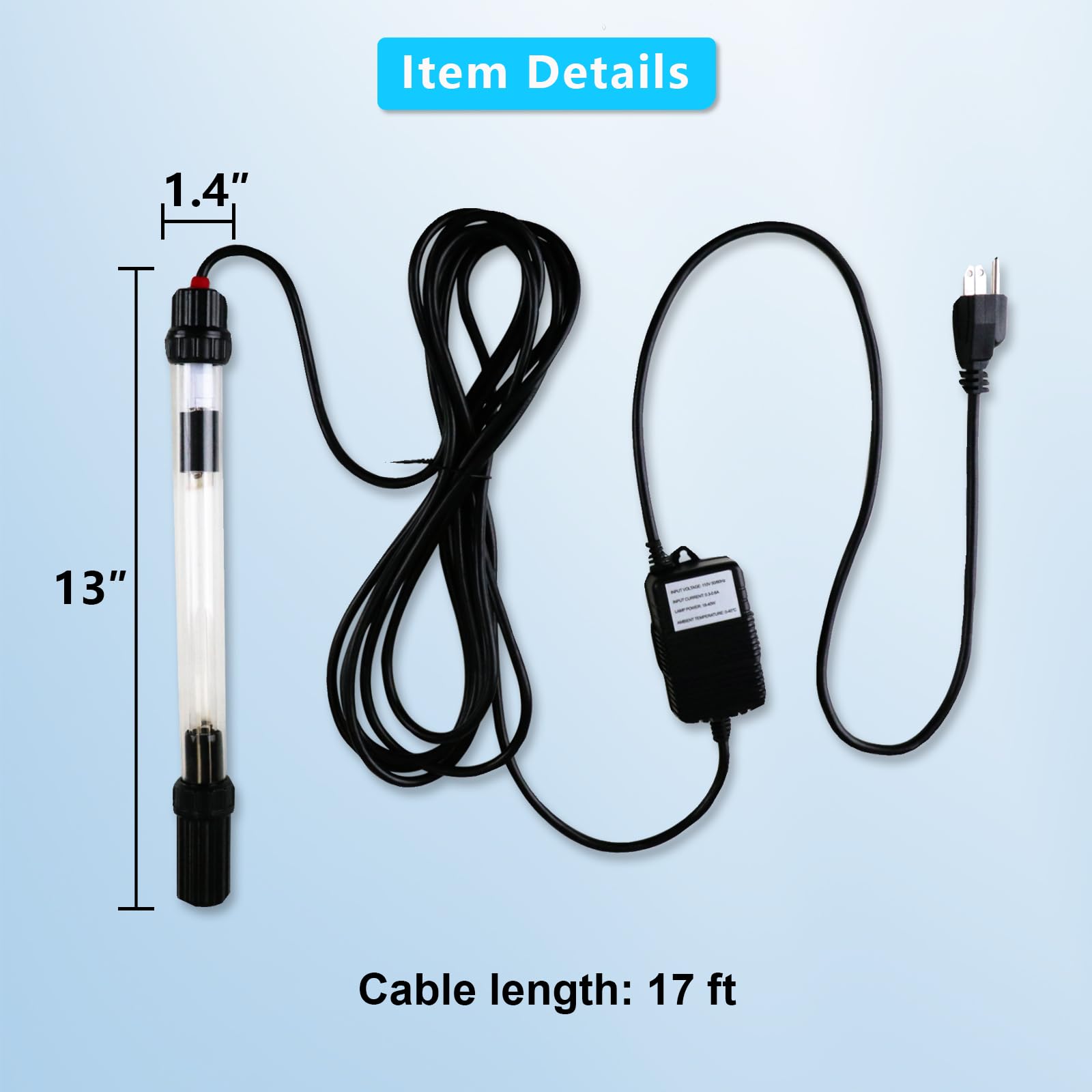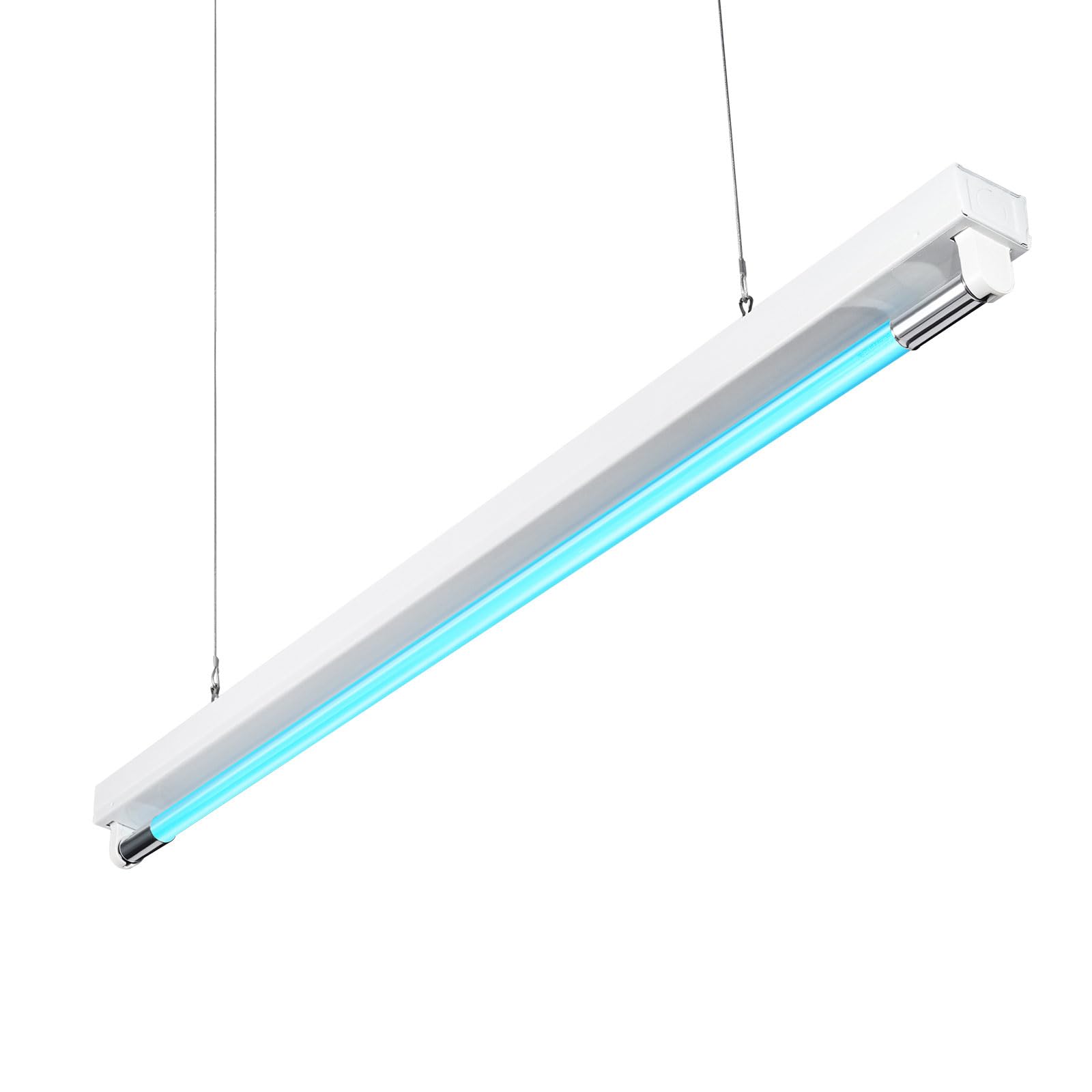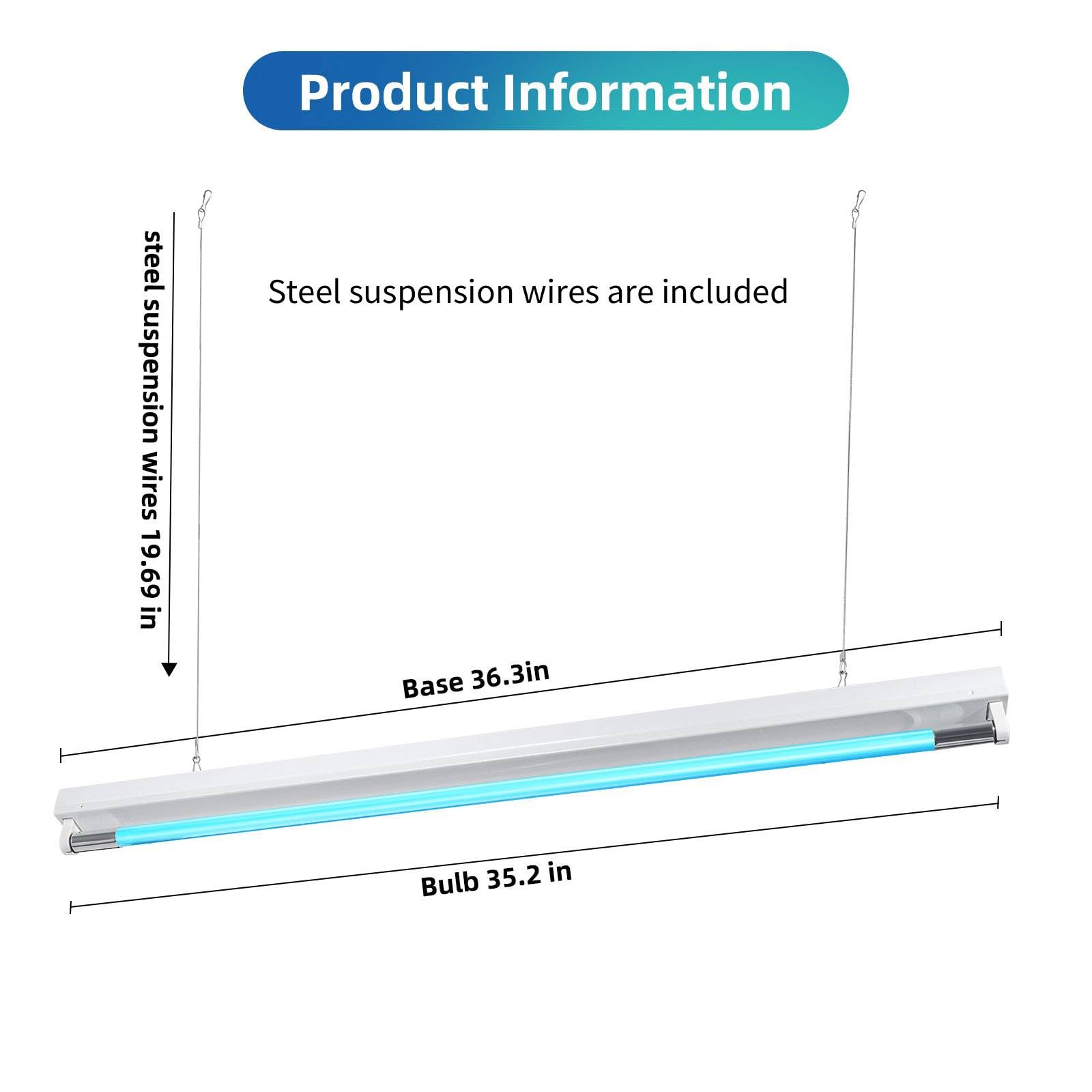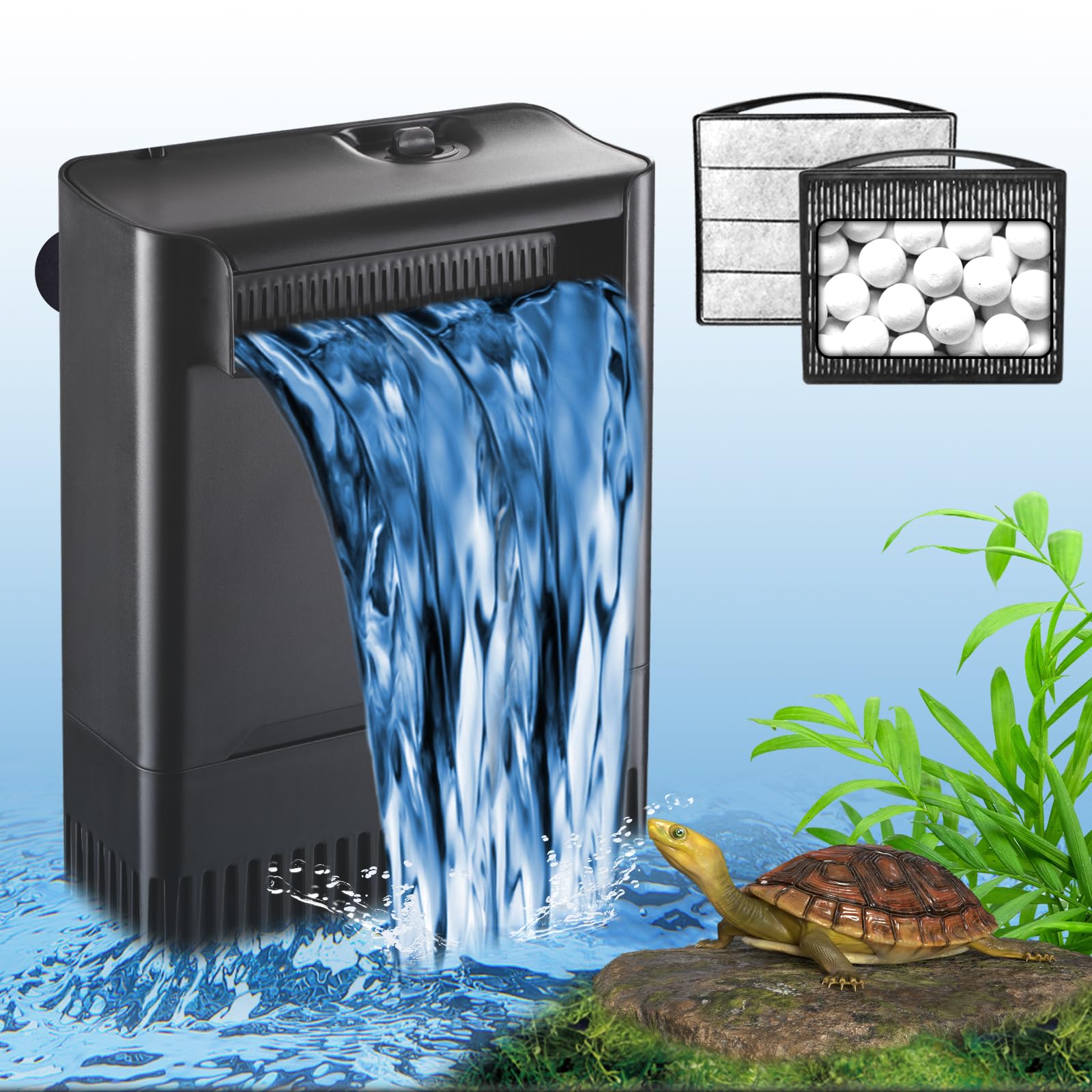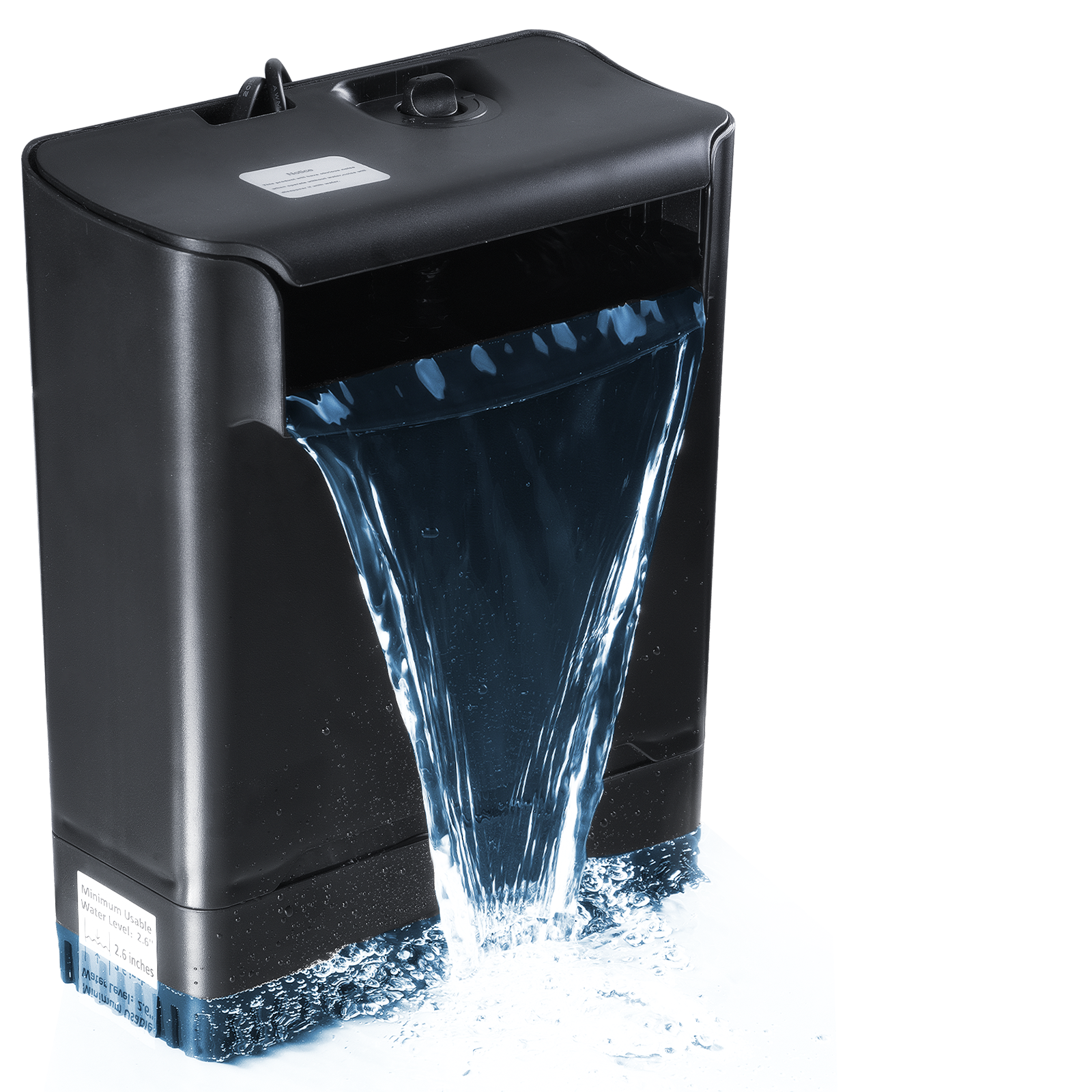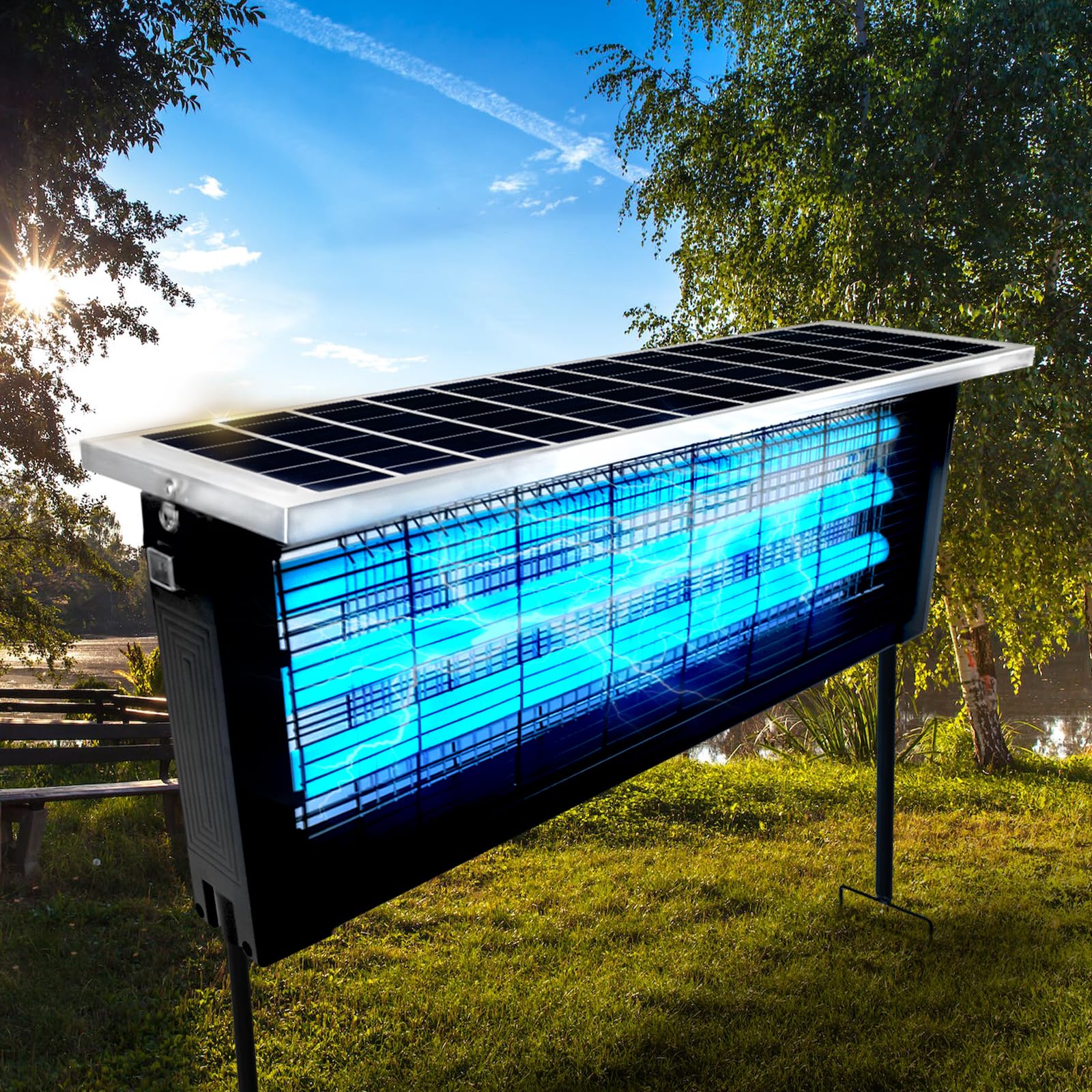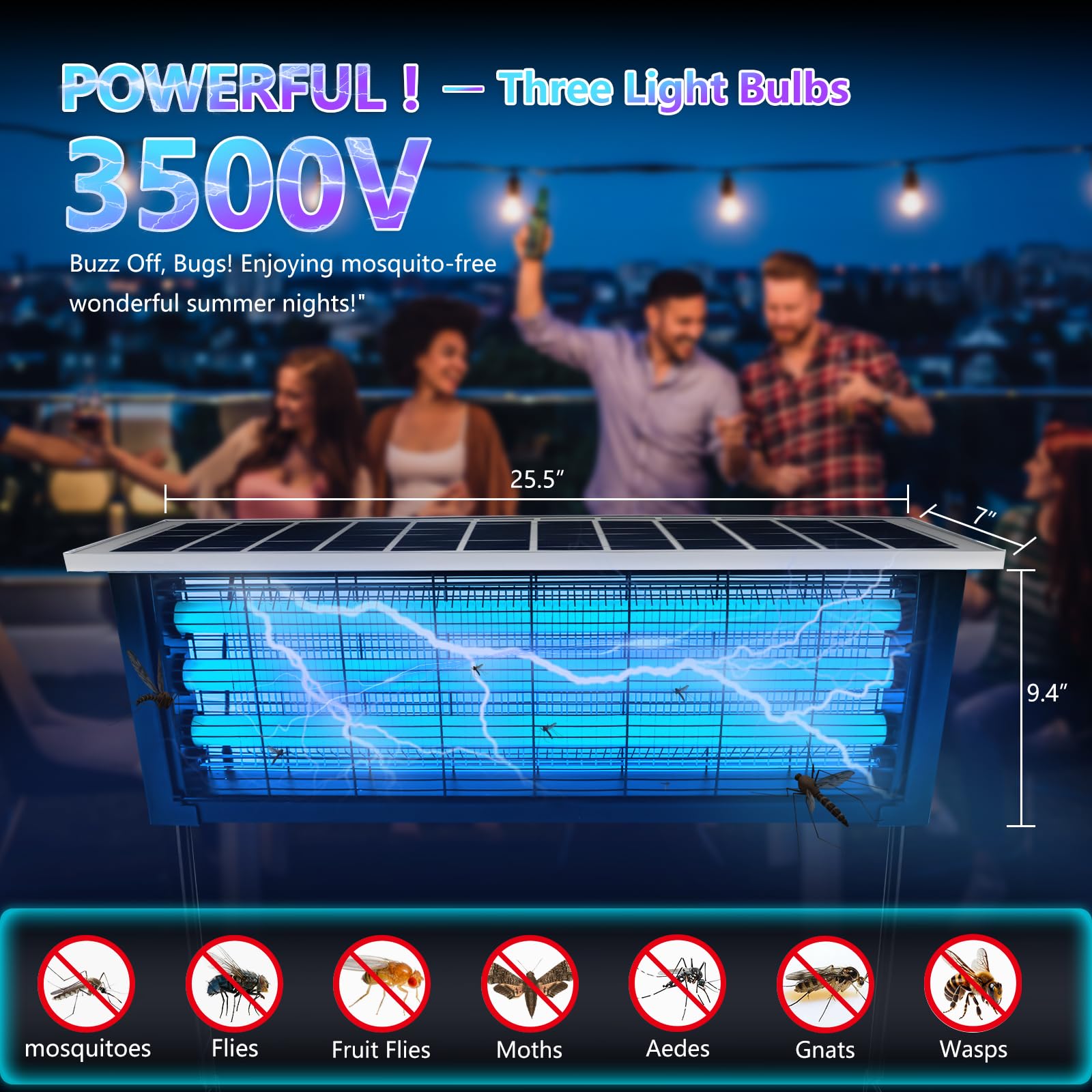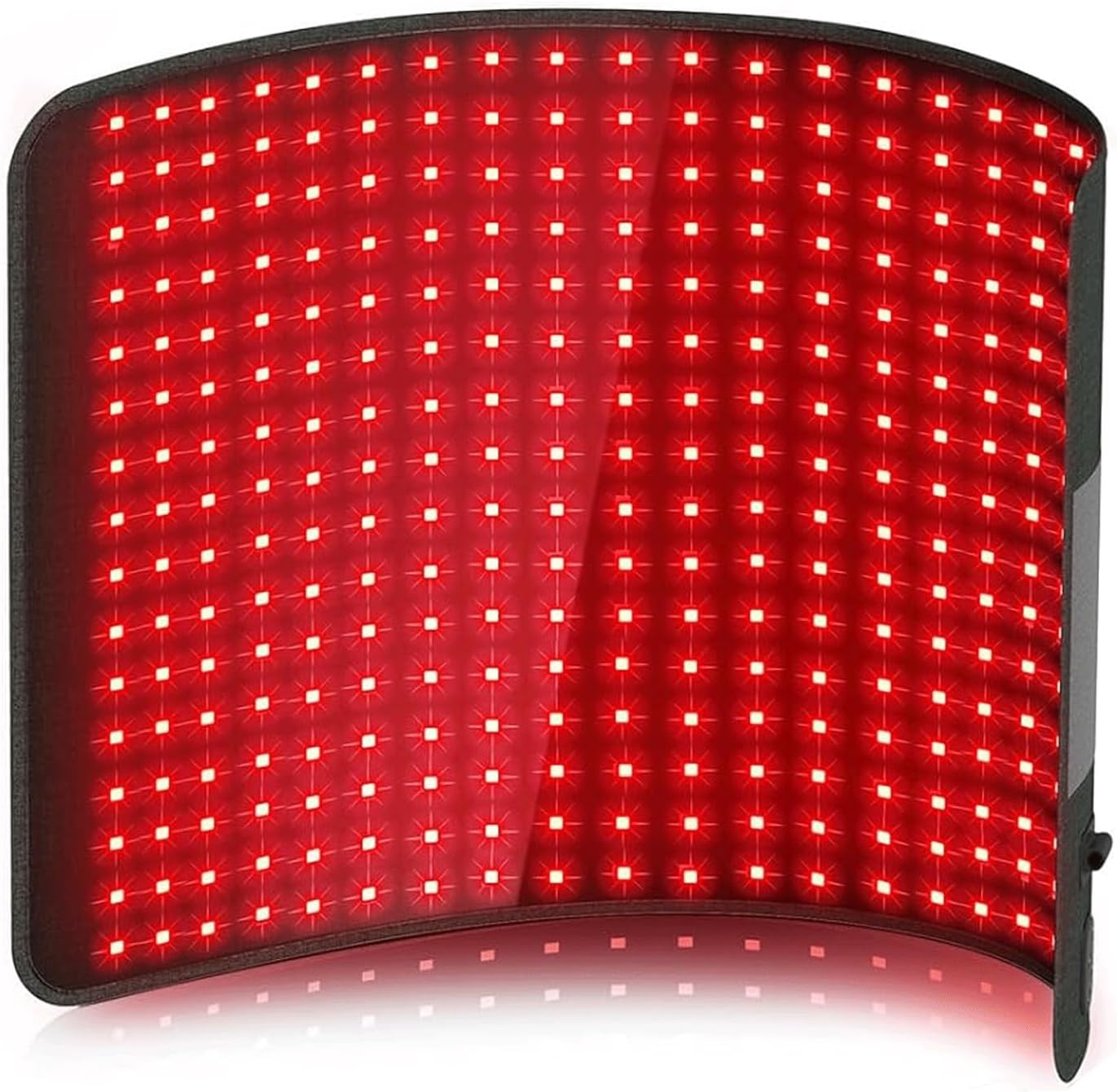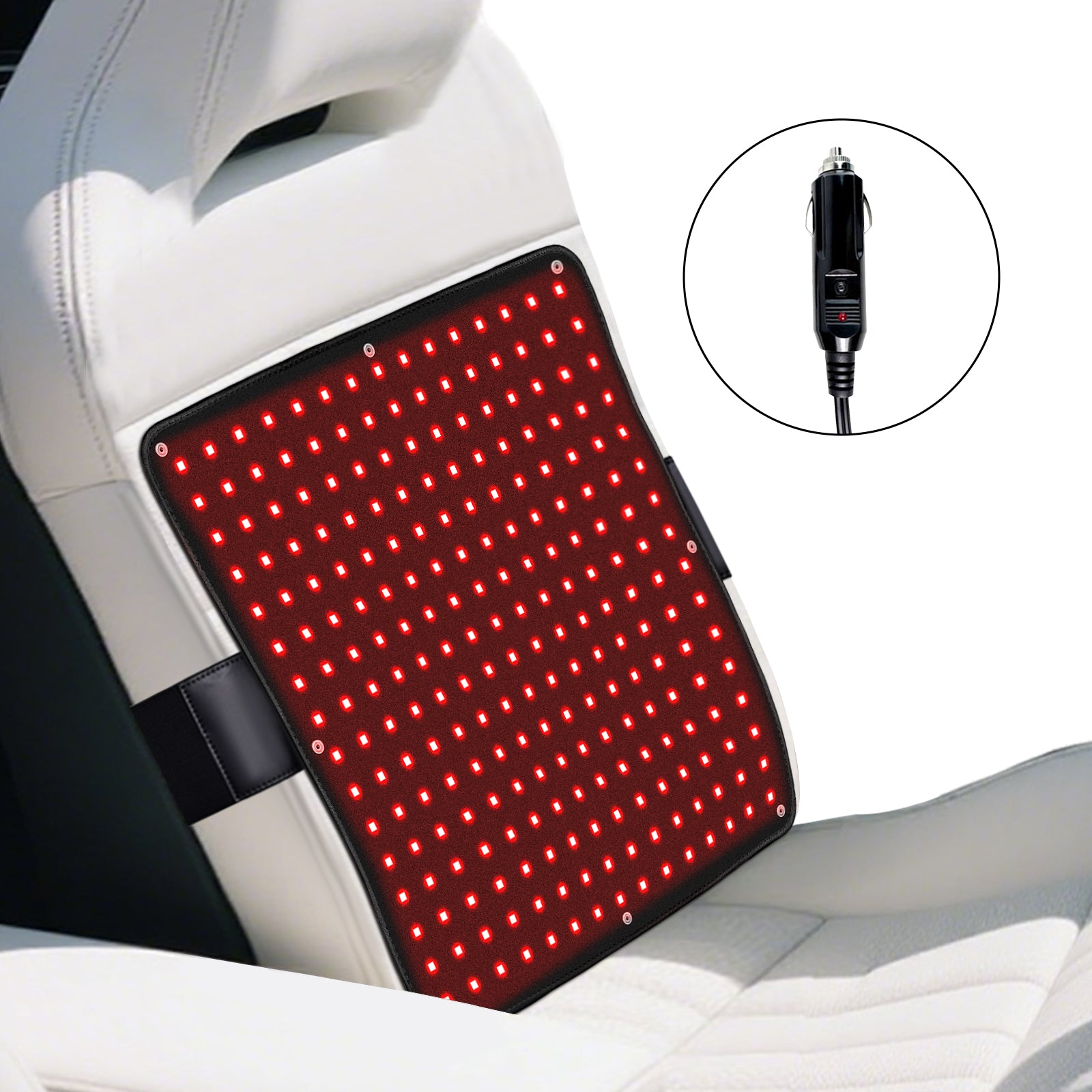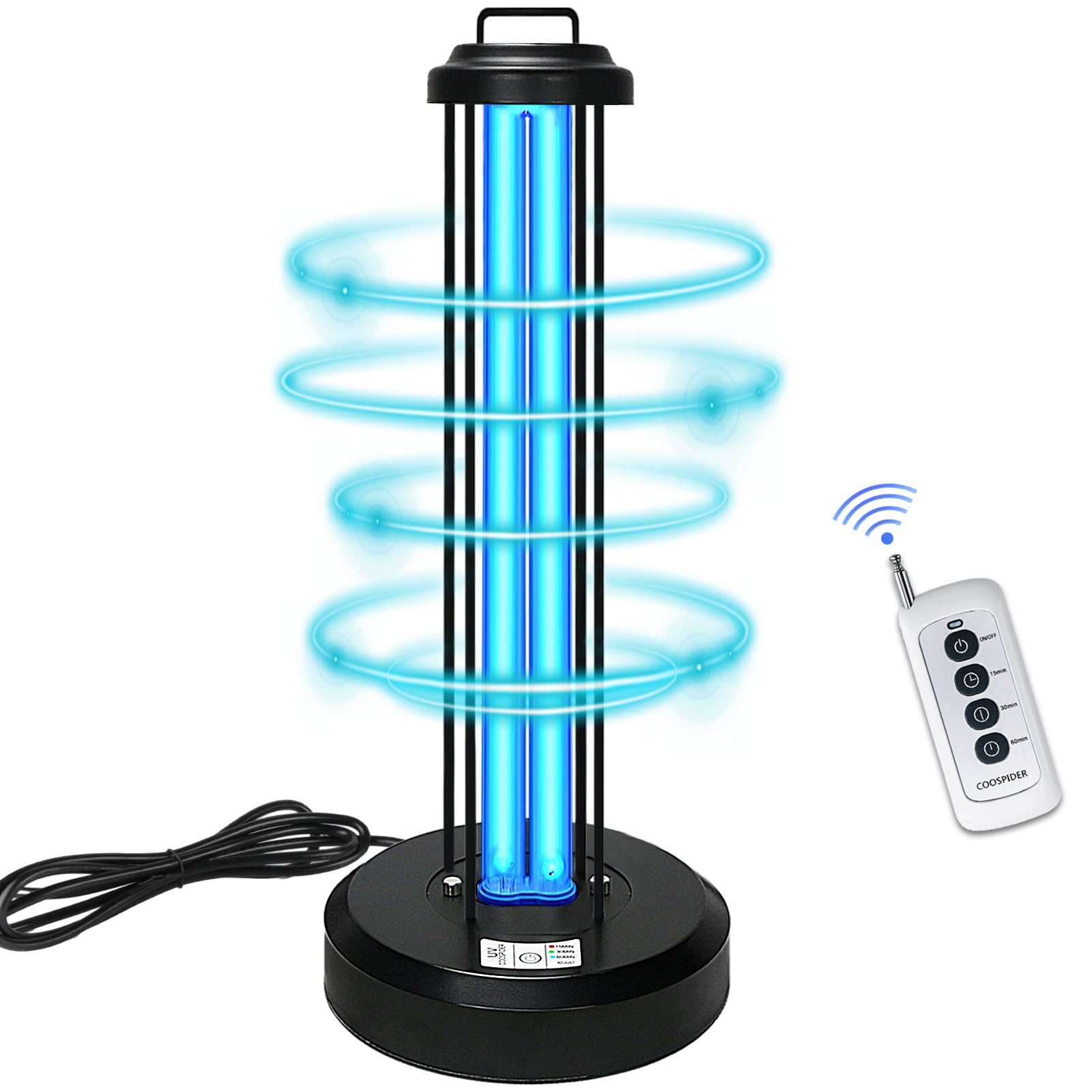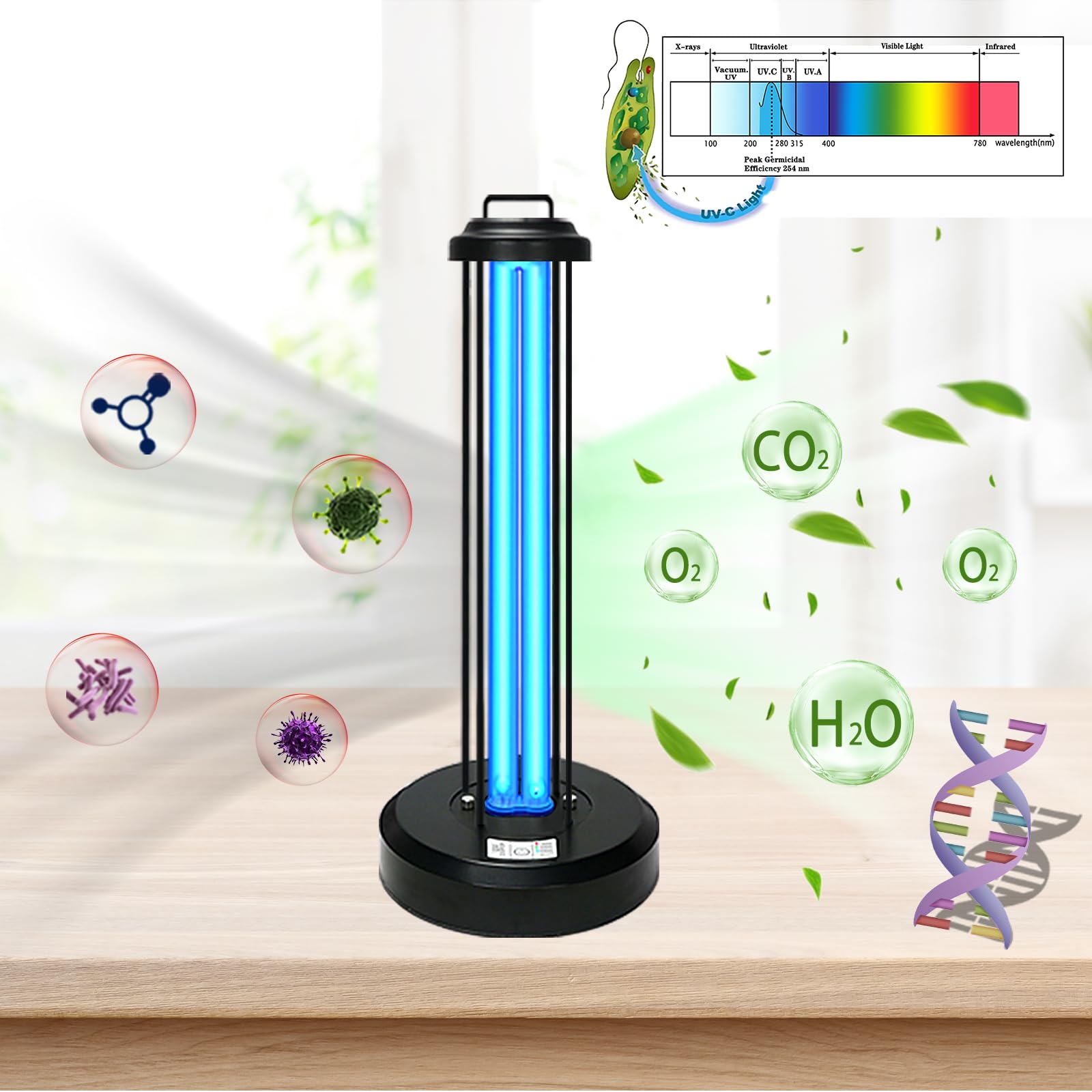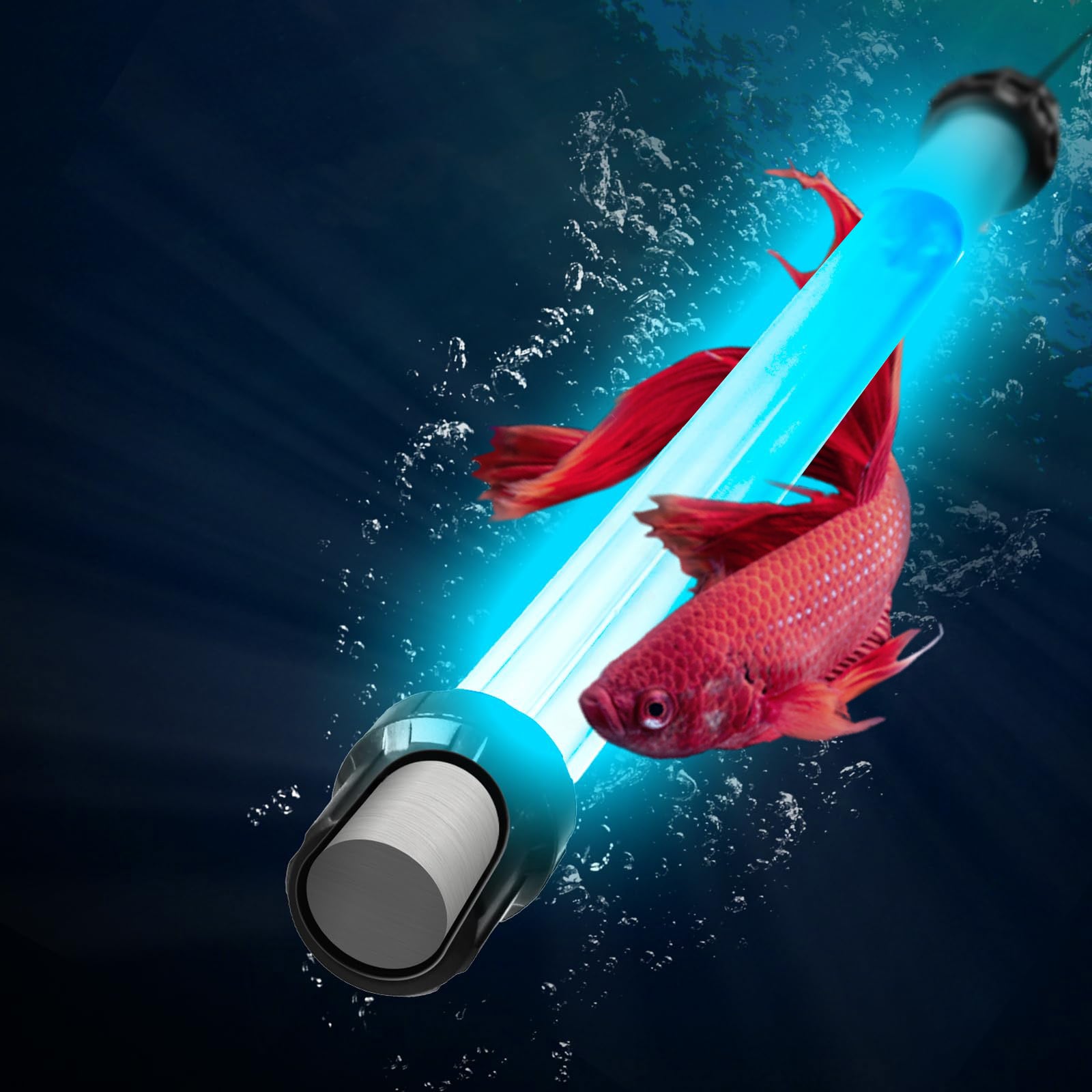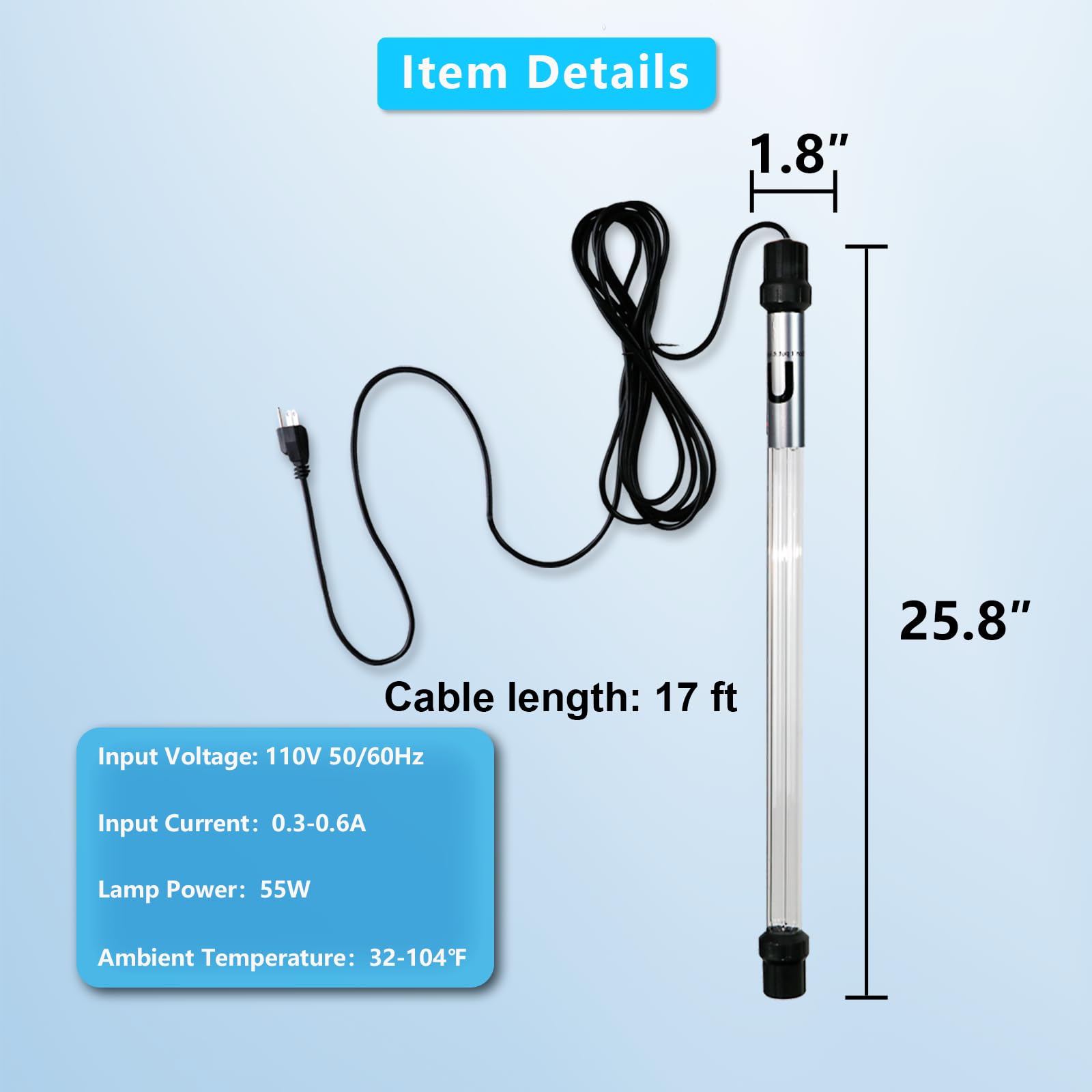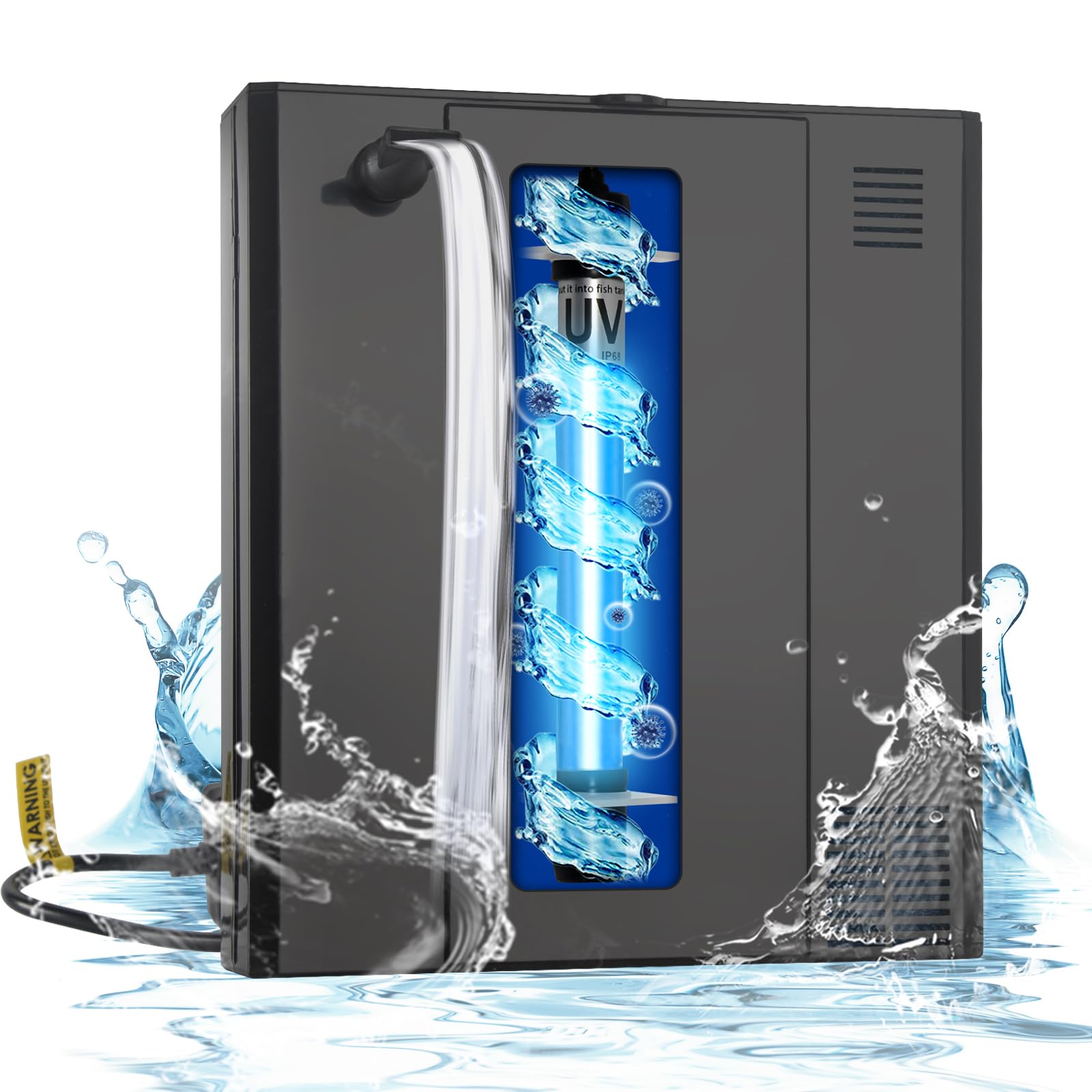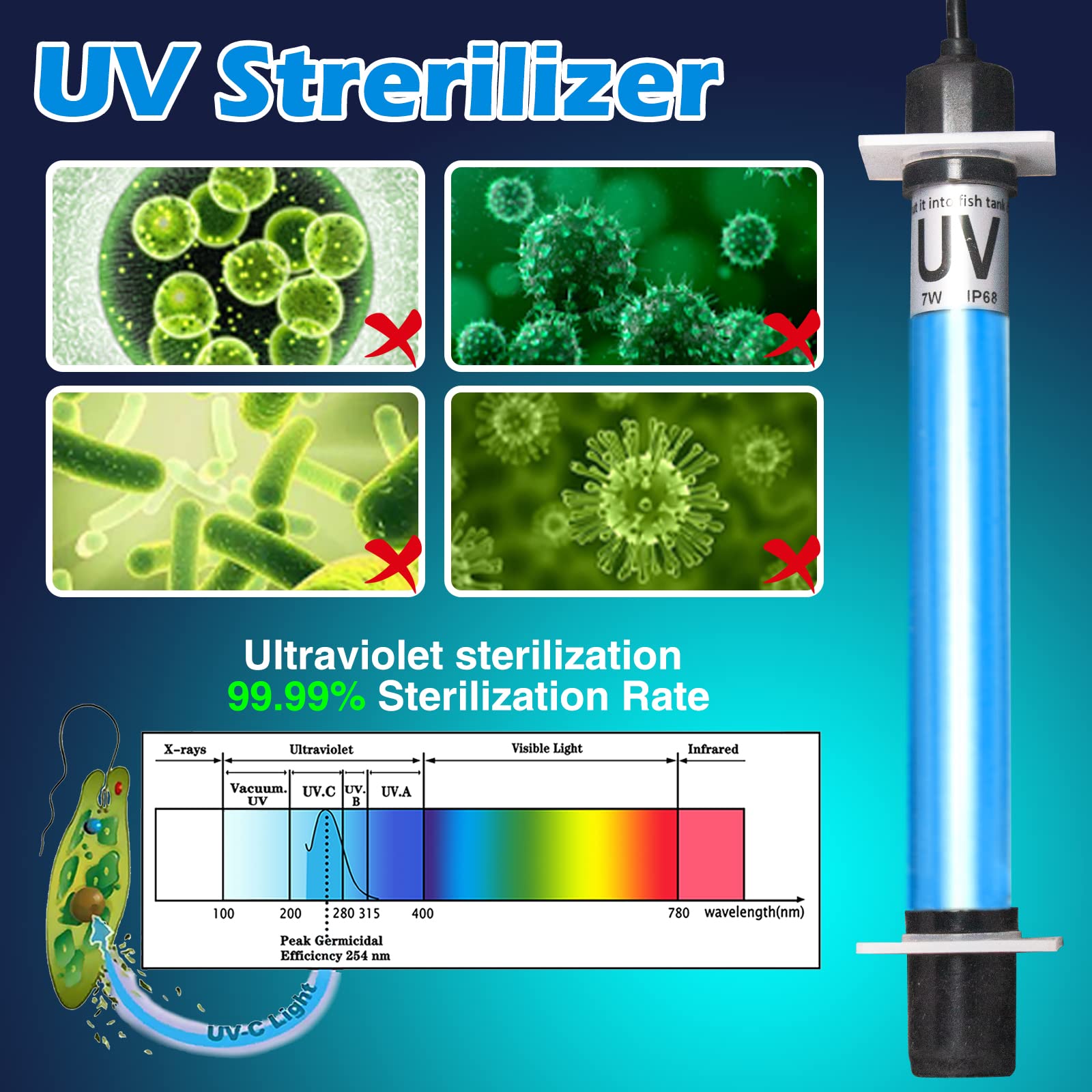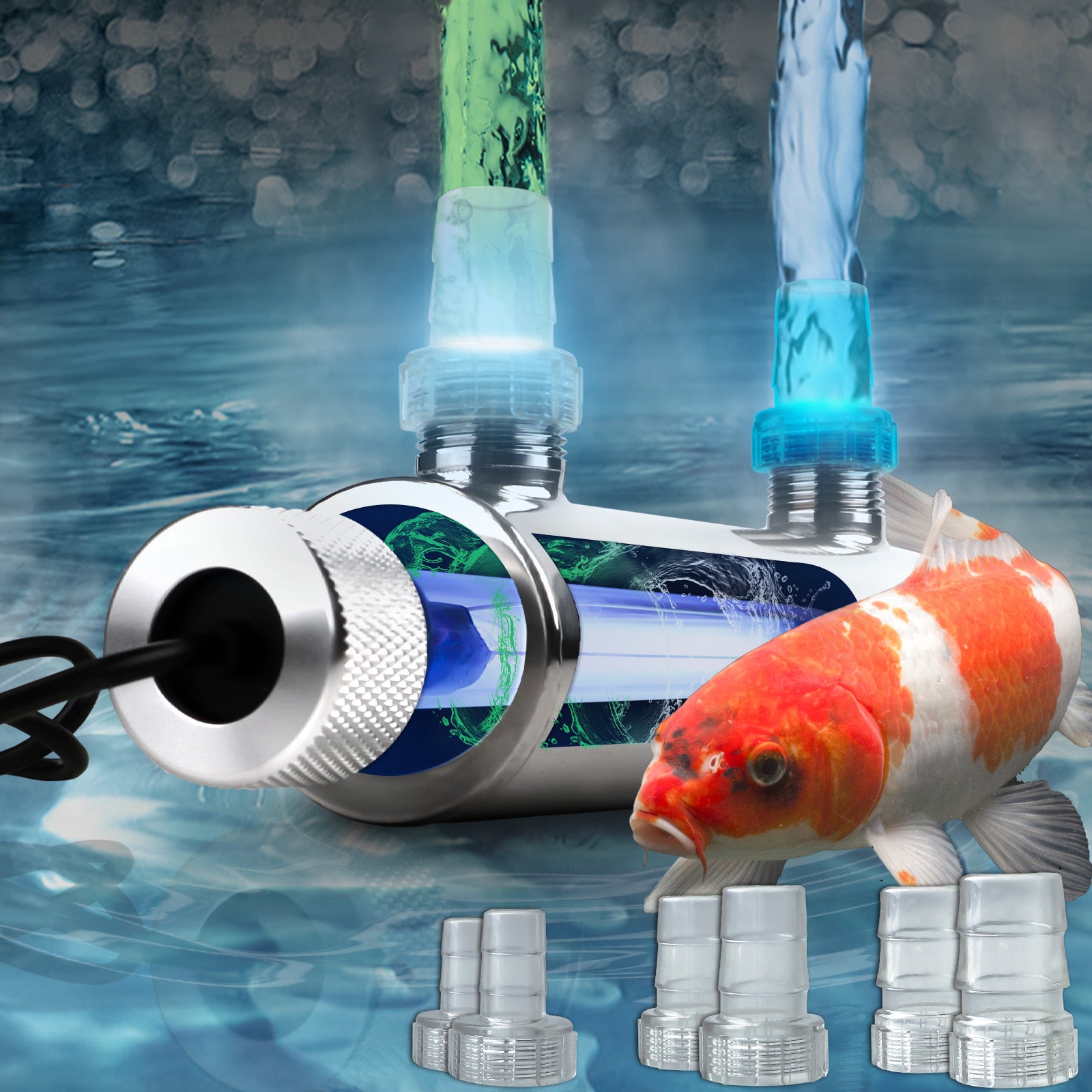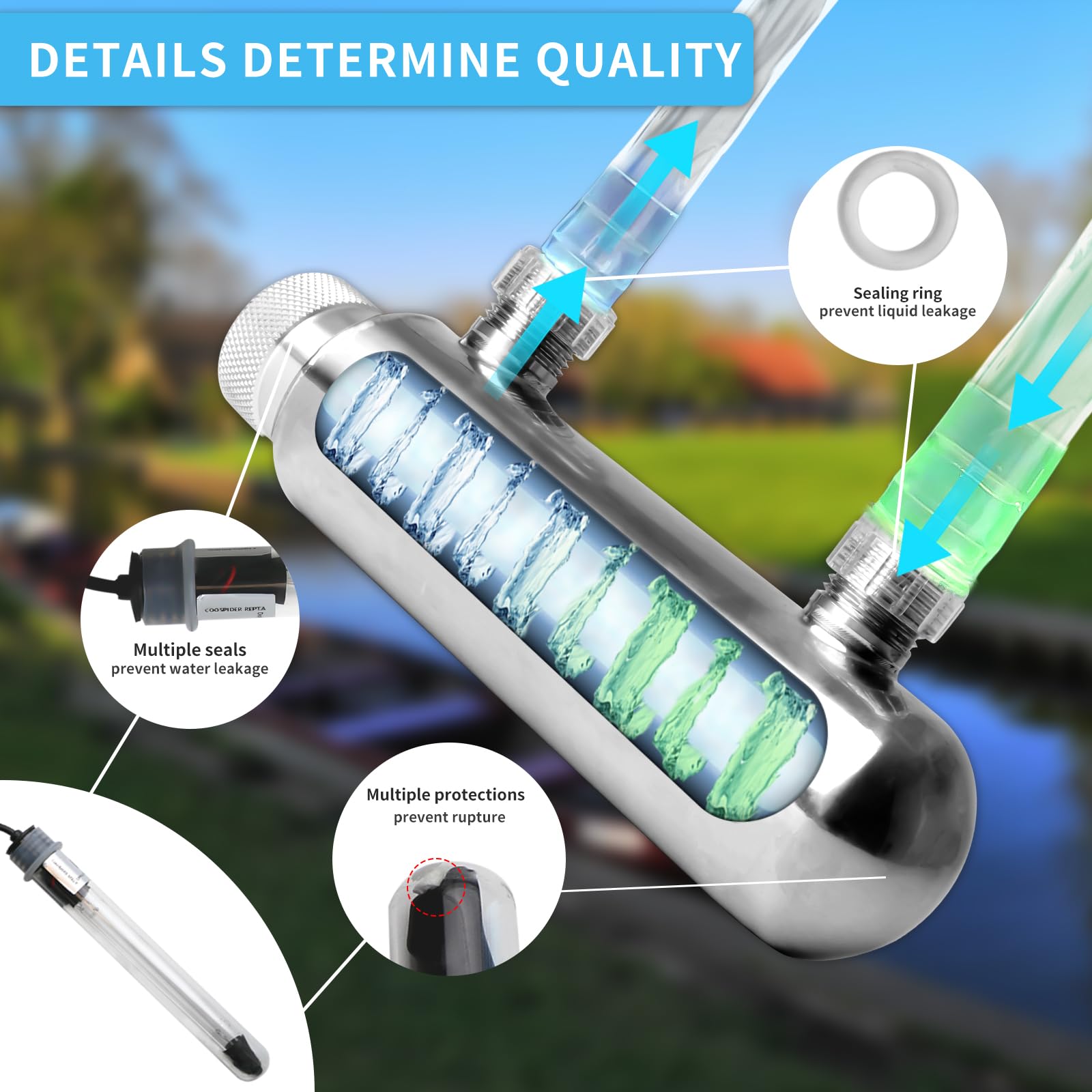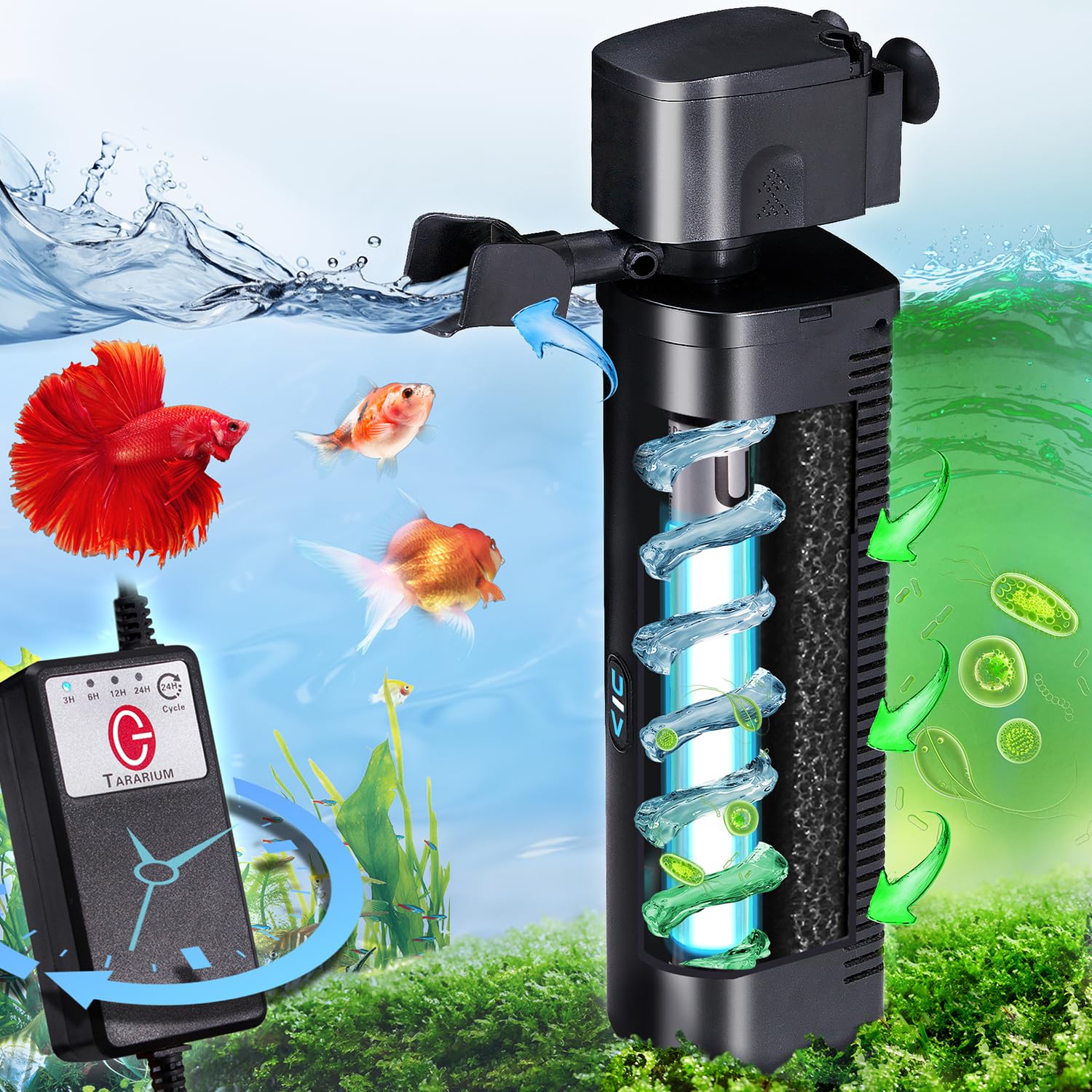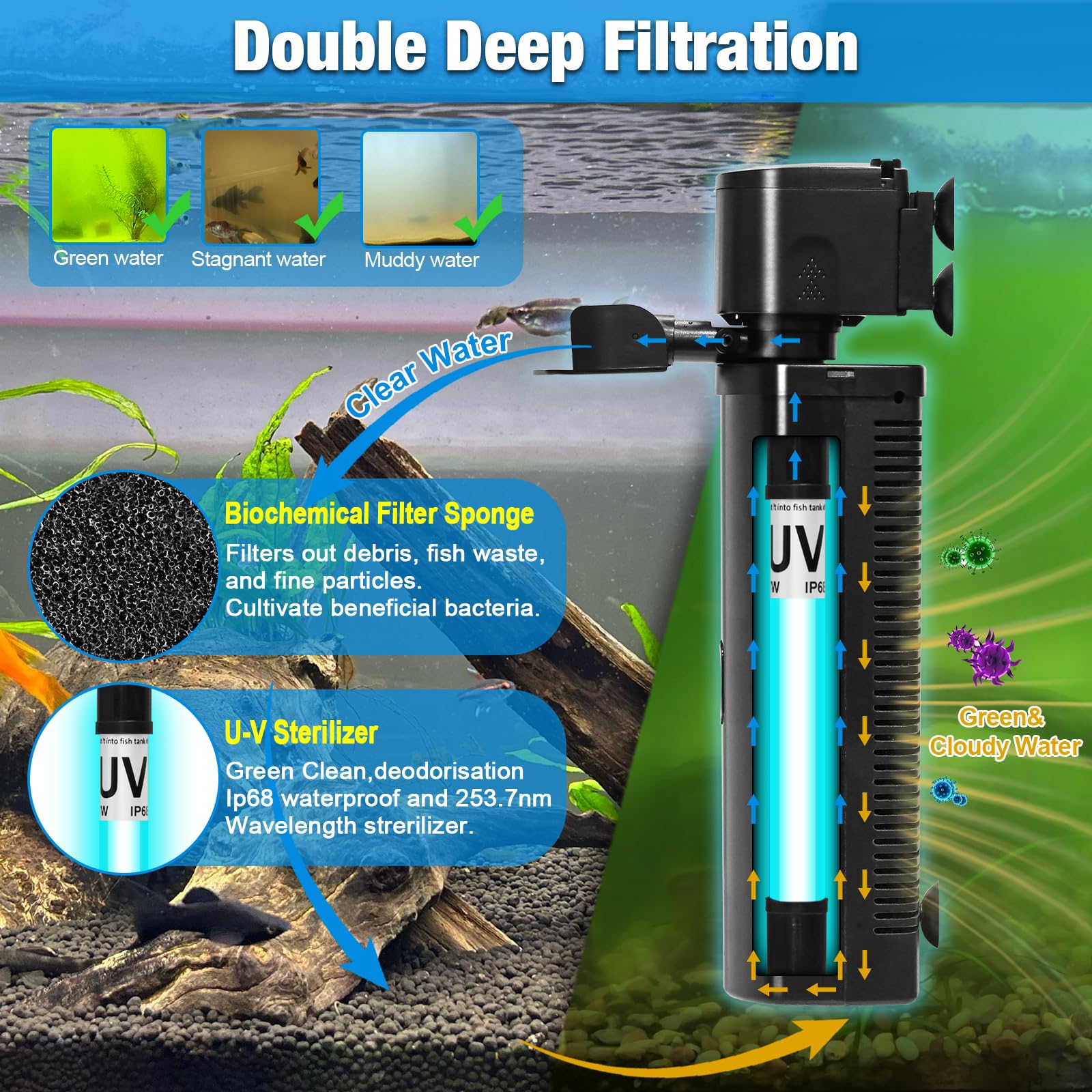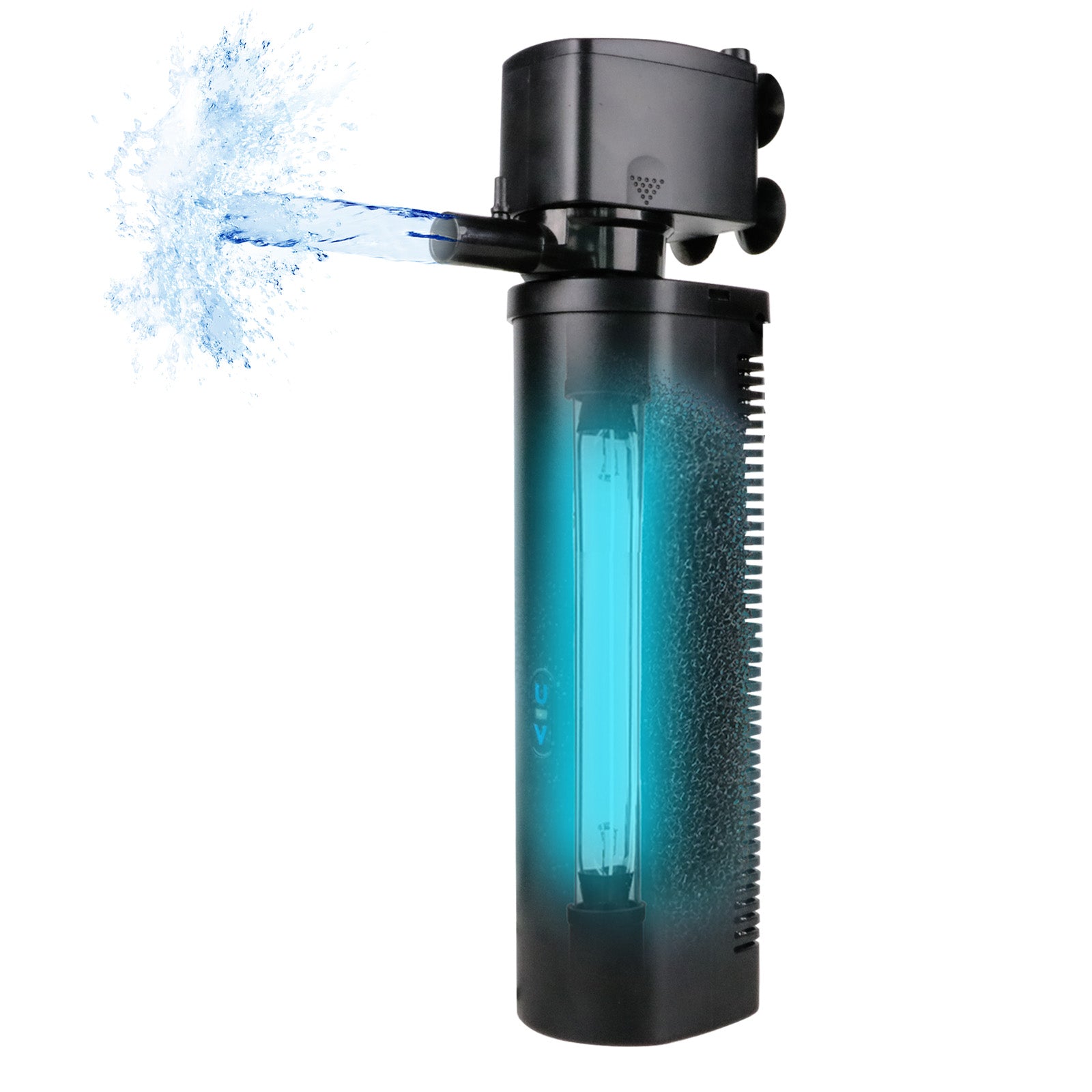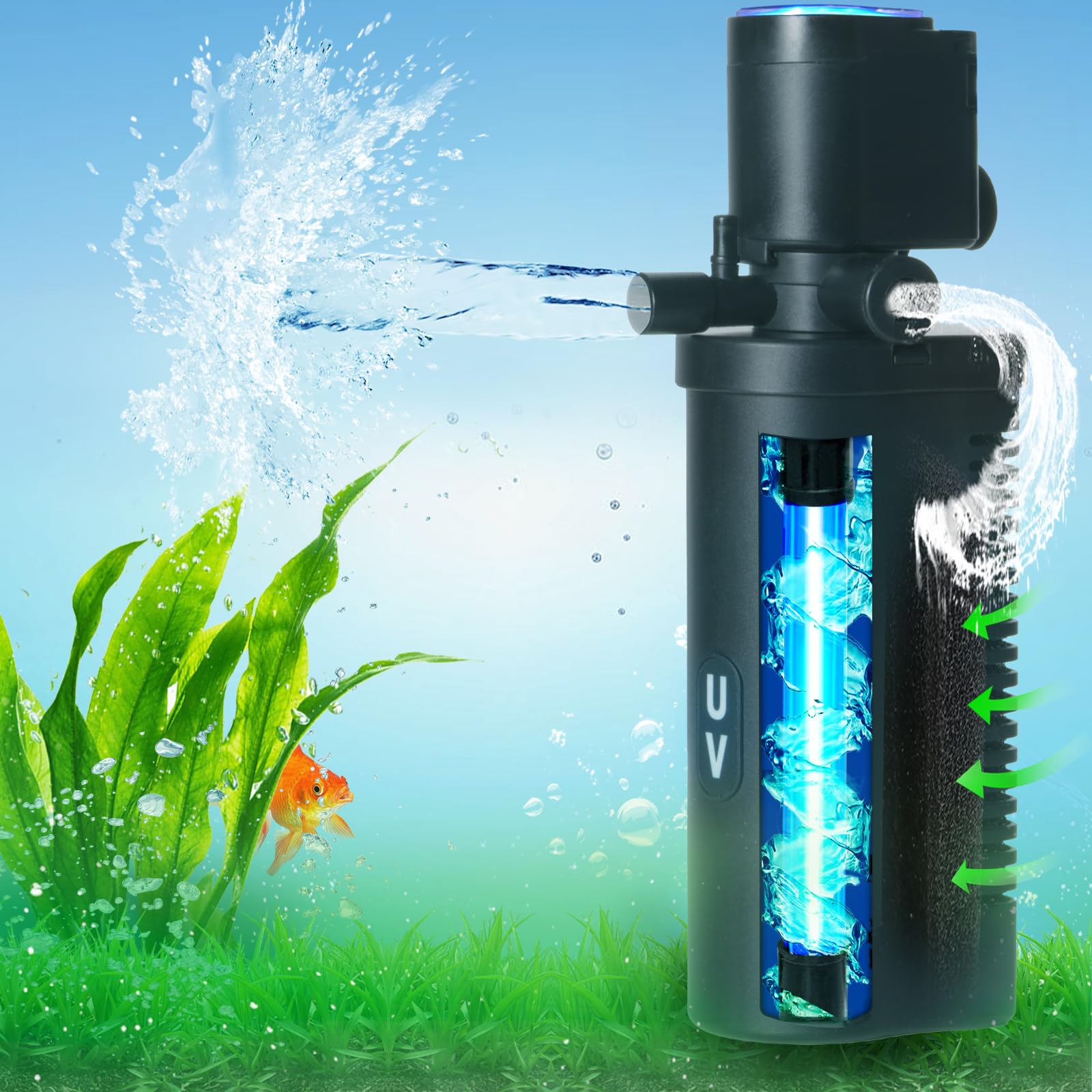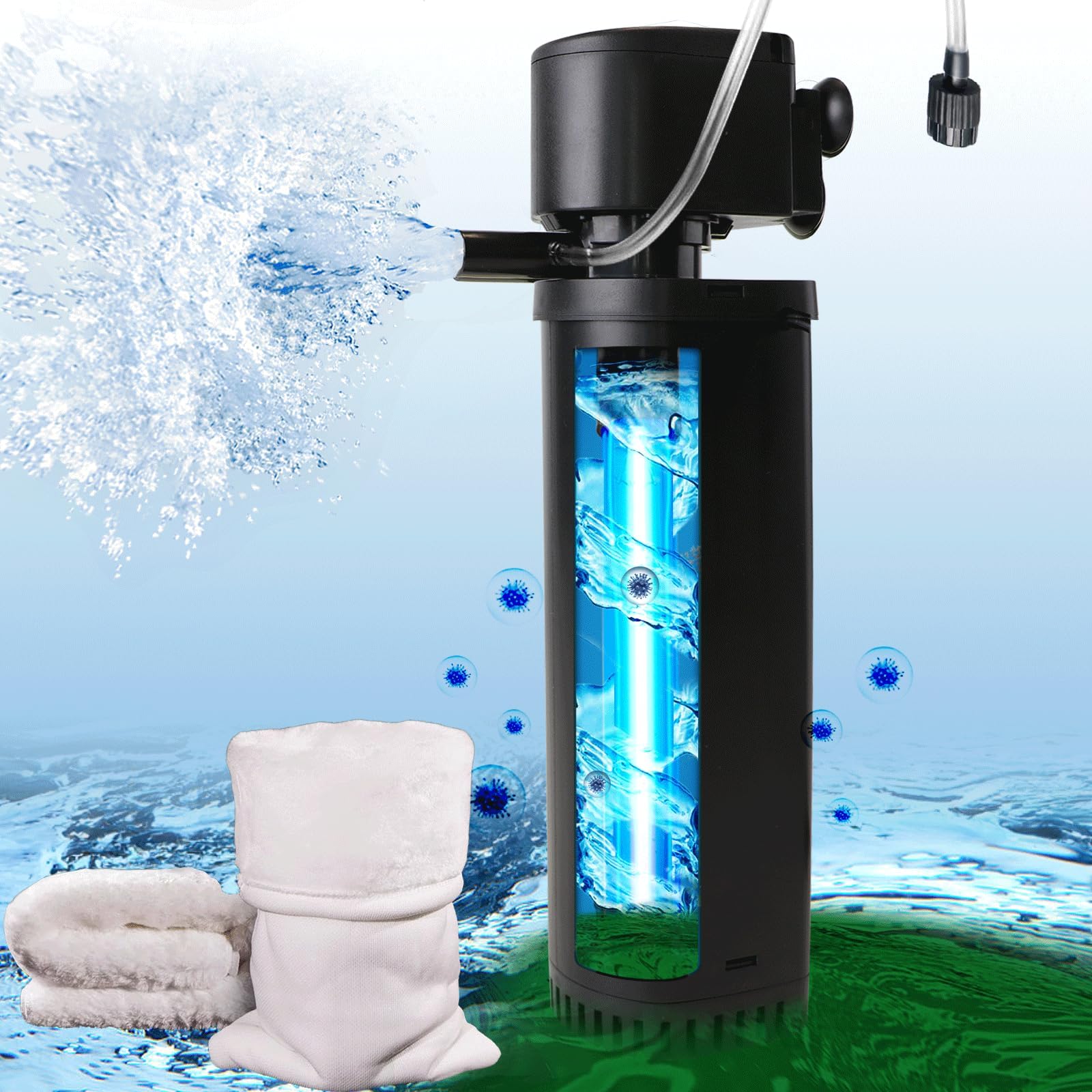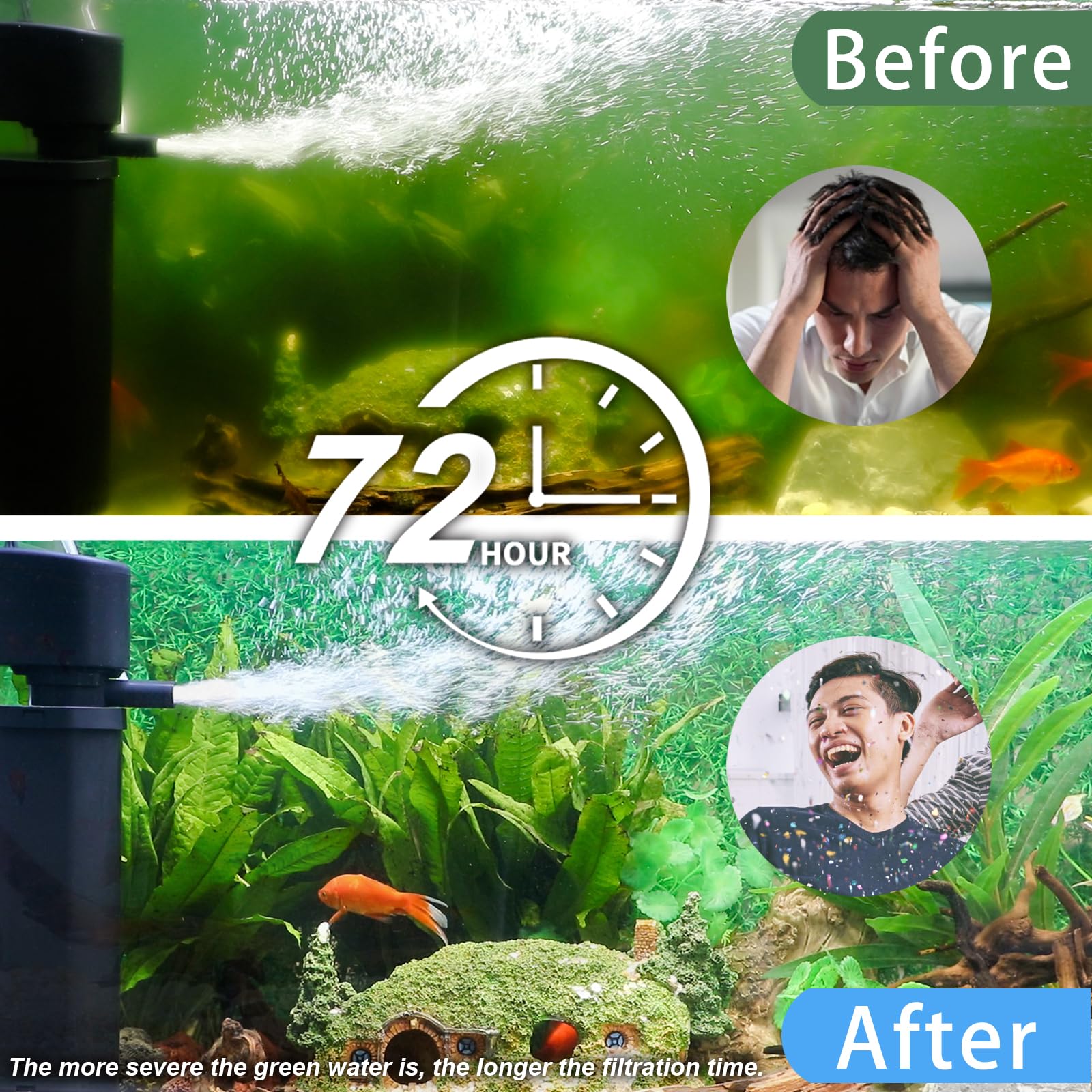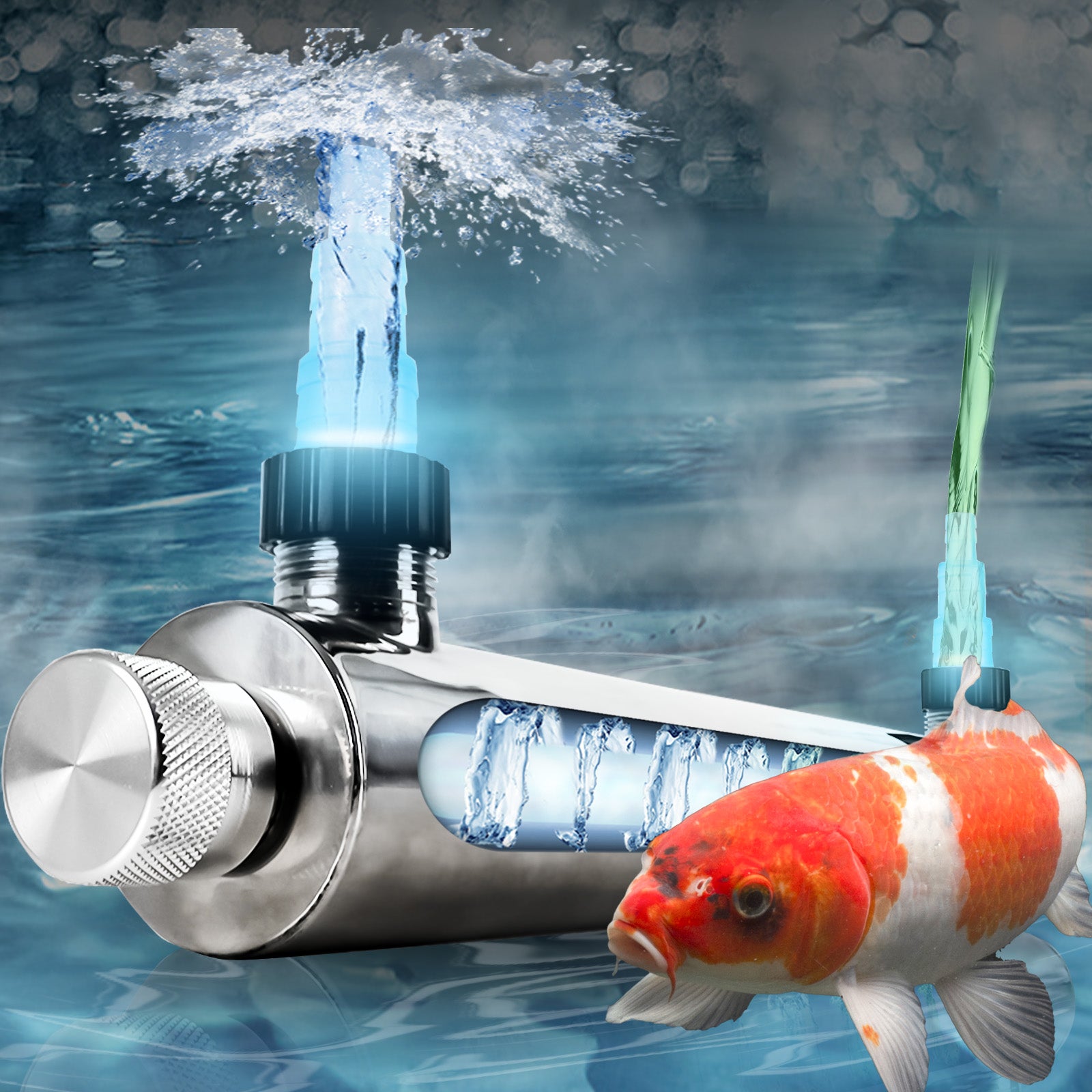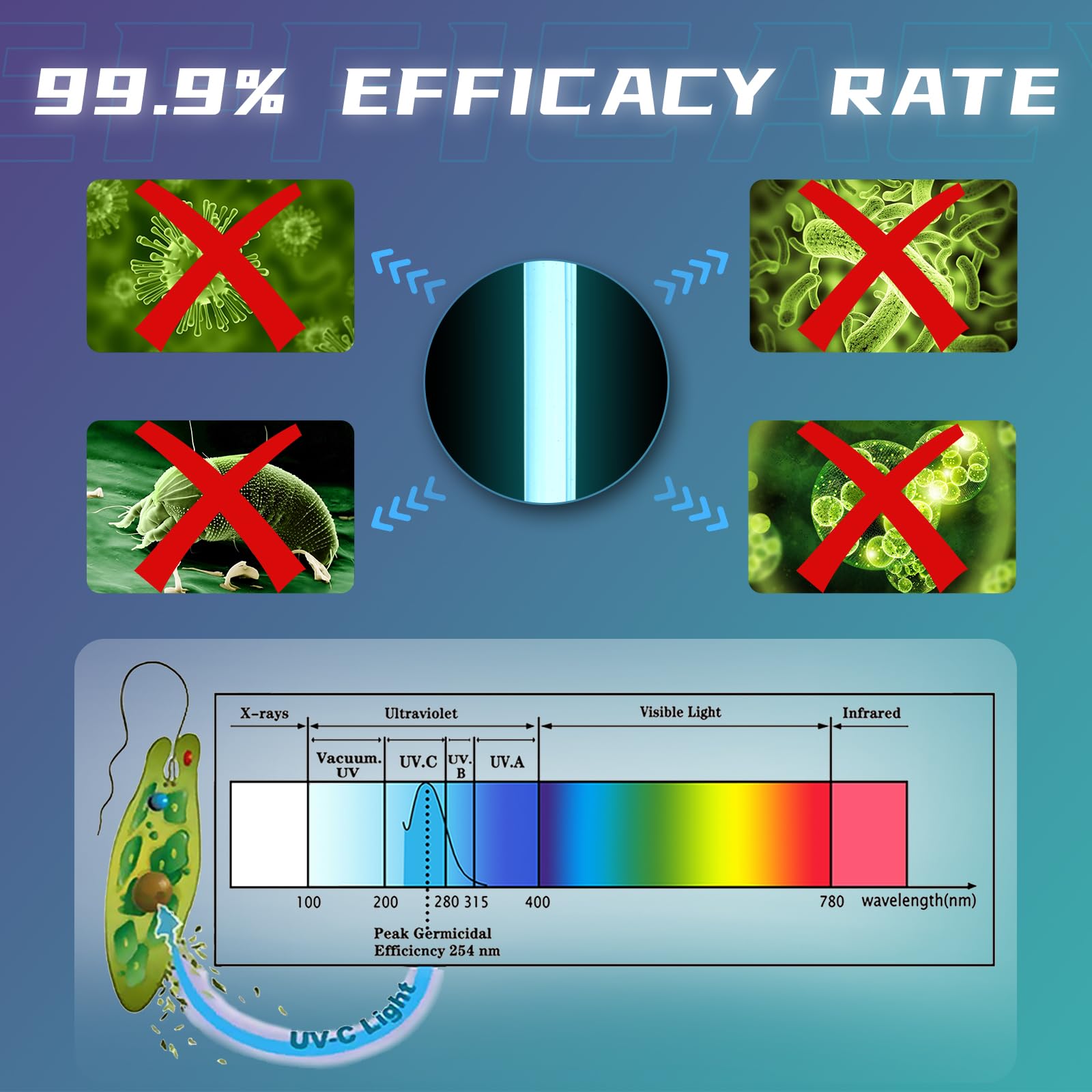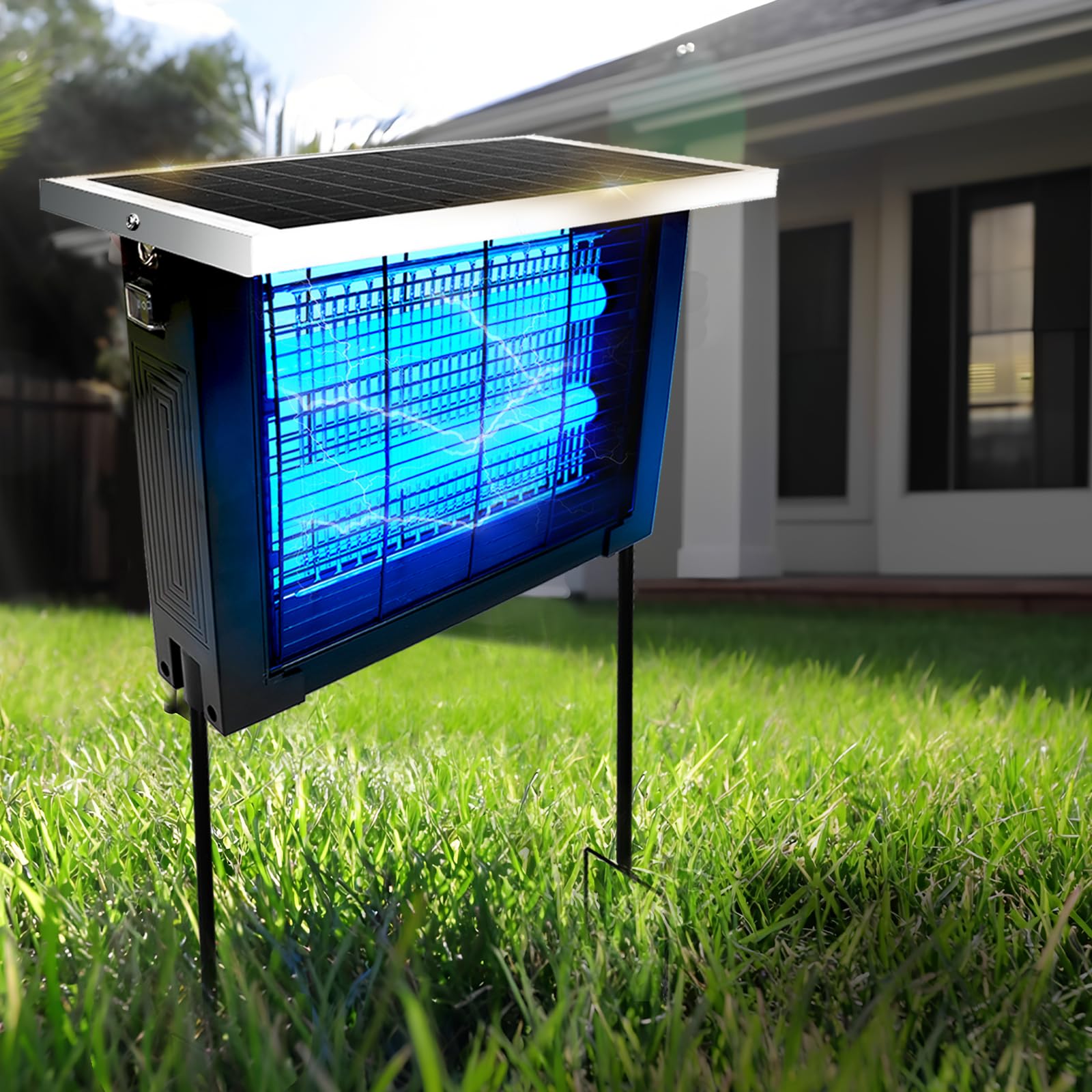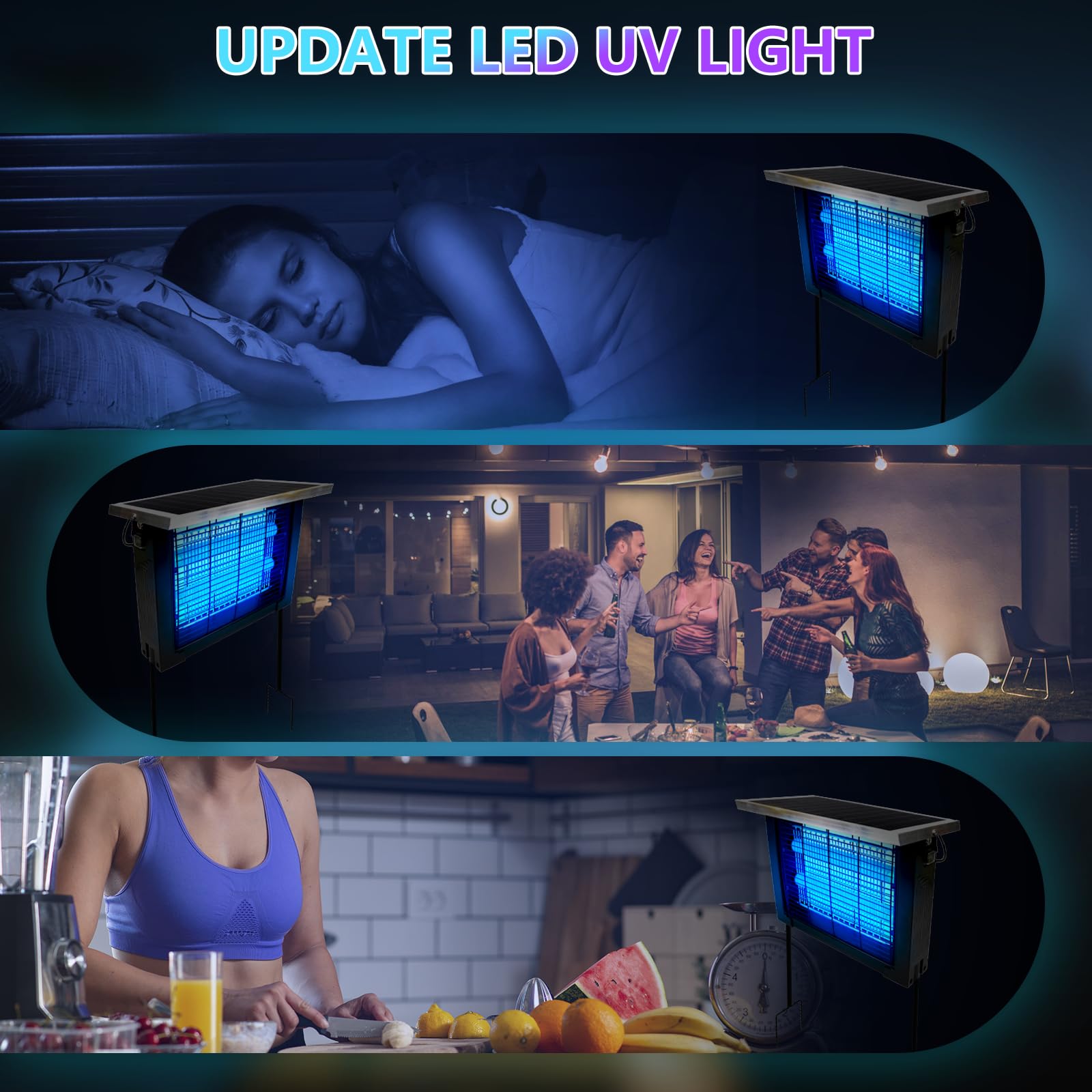Introduction: Why Clean Water is Non-Negotiable for Koi
Koi fish are living jewels, but their beauty depends on one critical factor: pristine water quality. Unlike aquariums, koi ponds are open ecosystems battling algae, fish waste, and environmental debris. Poor water conditions lead to:
❌ Sick fish (parasites, bacterial infections)
❌ Stunted growth (ammonia burns gills, reducing oxygen intake)
❌ Murky, green water (algae blooms blocking sunlight)
❌ Shortened lifespan (koi can live 25+ years—but not in toxic water)
This 6,000-word guide will teach you exactly how to maintain perfect pond water, covering:
✅ Filtration systems (mechanical, biological, UV)
✅ Water testing & chemistry fixes
✅ Algae control strategies
✅ Seasonal maintenance routines
✅ Common mistakes that ruin water quality

Let’s dive in!
Chapter 1: The Science of Koi Pond Water Chemistry
1.1 The Nitrogen Cycle (Your Pond’s Lifeline)
Koi waste → Ammonia (NH₃) → Nitrites (NO₂⁻) → Nitrates (NO₃⁻)
Ammonia & Nitrites = DEADLY (even at 0.5 ppm)
Nitrates = Less toxic, but >40 ppm harms fish
How to Keep the Cycle Balanced:
✔ Beneficial bacteria (breaks down waste)
✔ Adequate filtration (more in Chapter 2)
✔ Regular water changes (10-20% weekly)
1.2 Critical Water Parameters
Parameter Safe Range How to Test Fix If Off
Ammonia 0 ppm Liquid test kit Water change, add bacteria
Nitrites 0 ppm Test strips Stop feeding, increase aeration
Nitrates <40 ppm Digital meter Add plants, water change
pH 7.0–8.5 pH pen Baking soda (raise) / Peat moss (lower)
KH (Carbonate Hardness) 100–200 ppm Drop test Crushed coral (stabilizes pH)
Dissolved Oxygen 6+ mg/L Oxygen meter Add air stones, waterfall
Pro Tip: Test water weekly—koi show stress before tests detect problems!
Chapter 2: Filtration Systems (The Heart of Clean Water)
2.1 Mechanical Filtration: Removing Debris
What It Does: Traps leaves, fish waste, uneaten food before it decays.
Best Options:
Filter pads (catch large particles)
Skimmer (removes surface debris)
Settling chamber (lets sludge sink for easy draining)
Maintenance:
Rinse pads weekly (use pond water—tap kills bacteria)
Clean skimmer basket daily in fall (leaf season)
2.2 Biological Filtration: Destroying Toxins
What It Does: Beneficial bacteria convert ammonia → nitrites → nitrates.
Best Media:
Bio-balls (high surface area)
Lava rock (cheap & effective)
Moving bed filter (maximizes bacterial growth)
Rule of Thumb:
1 cubic foot of bio-media per 1,000 gallons
Never clean with chlorinated water—it kills bacteria!
2.3 UV Clarifiers: The Algae Killer
How It Works: UV light clumps algae cells, making them filterable.
Sizing Guide:
Pond Size UV Wattage Needed
500–1,000 gal 8–15 watts
1,000–3,000 gal 25–40 watts
5,000+ gal 55+ watts
Warning: UV bulbs lose effectiveness after 6–12 months—replace annually!
Chapter 3: Algae Control Strategies
3.1 Types of Pond Algae
Type Appearance Solution
Green Water Murky, pea soup UV clarifier
String Algae Hair-like clumps Barley straw, manual removal
Blue-Green Algae Slimy, toxic Hydrogen peroxide (carefully!)
3.2 Natural Algae Remedies
✔ Barley straw (releases algae-inhibiting compounds)
✔ Floating plants (water lettuce, hyacinth—block sunlight)
✔ Pond snails (eat soft algae—but don’t overstock!)
Avoid:
❌ Algaecides (can kill fish if overdosed)
❌ Too many plants (decaying leaves = ammonia spikes)
Chapter 4: Daily, Weekly & Seasonal Maintenance
4.1 Daily Checks (5 Minutes)
Remove debris (leaves, dead bugs)
Check fish behavior (gasping = low oxygen)
Feed sparingly (uneaten food = ammonia)
4.2 Weekly Tasks (30 Minutes)
Test water (ammonia, nitrites, pH)
Rinse filter pads
10% water change (use dechlorinator!)
4.3 Seasonal Adjustments
Spring:
Restart filters after winter
Treat for parasites (koi are vulnerable post-hibernation)
Summer:
Increase aeration (warm water holds less oxygen)
Shade pond if temps exceed 85°F
Fall:
Net pond to catch leaves
Switch to wheat-germ food (digests easier in cold)
Winter:
Stop feeding below 50°F
Use de-icer to prevent gas buildup
Chapter 5: Common Water Quality Mistakes
5.1 Overcleaning the Filter
🚫 Mistake: Scrubbing bio-media with tap water
✅ Fix: Rinse in pond water only
5.2 Ignoring KH (Carbonate Hardness)
🚫 Mistake: Letting KH drop below 50 ppm (causes pH crashes)
✅ Fix: Add crushed coral to stabilize
5.3 Overstocking the Pond
🚫 Mistake: Adding too many fish too fast
✅ Fix: 1 koi per 250+ gallons for stable water
Final Tip: The "Crystal Clear Water" Checklist
✔ Test water weekly (ammonia, nitrites, pH)
✔ Run UV clarifier 24/7 (prevents green water)
✔ Change 10–20% water weekly
✔ Feed high-quality food (less waste)
✔ Quarantine new fish (avoid introducing diseases)
Follow this guide, and your koi will thrive in sparkling, toxin-free water for decades!
